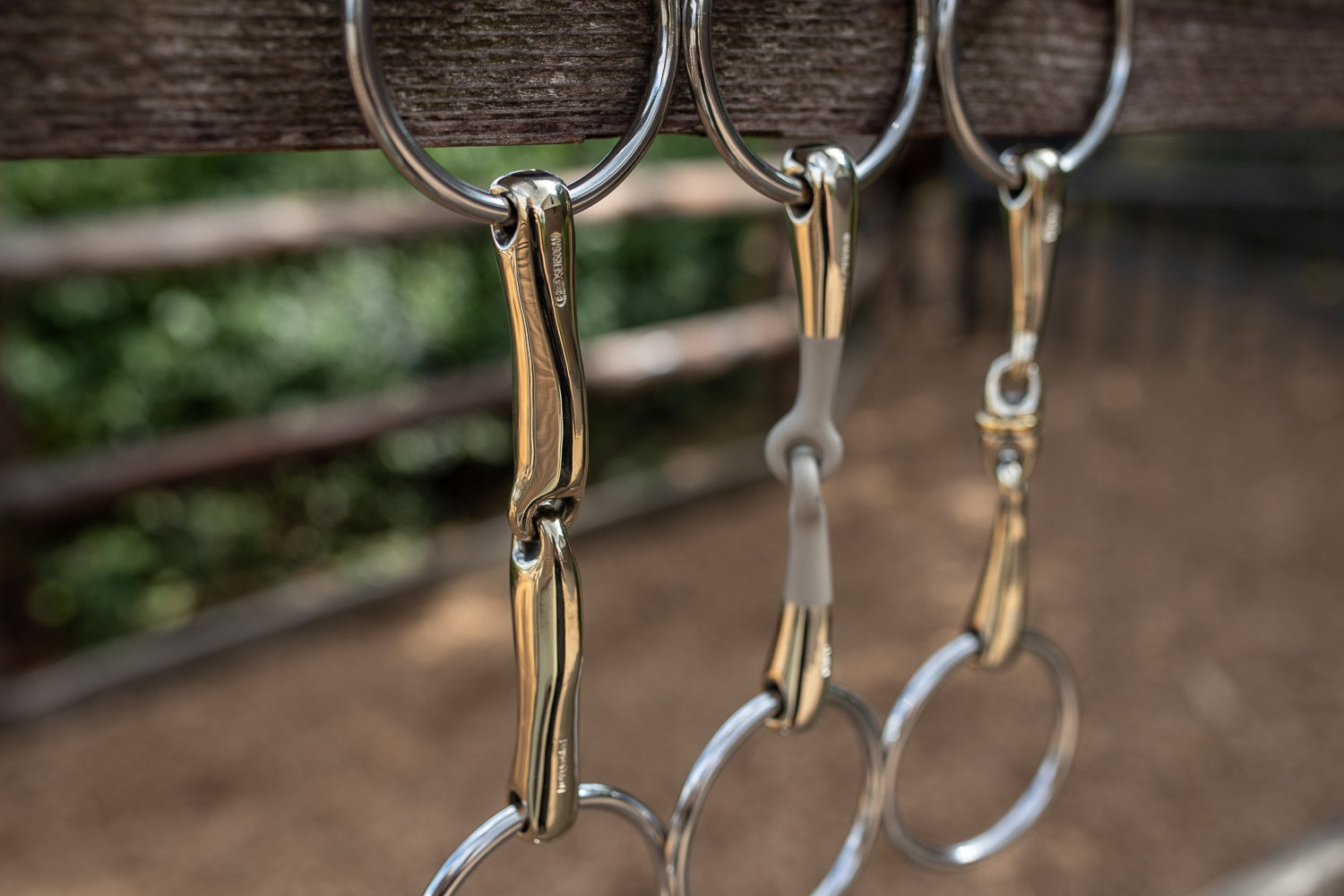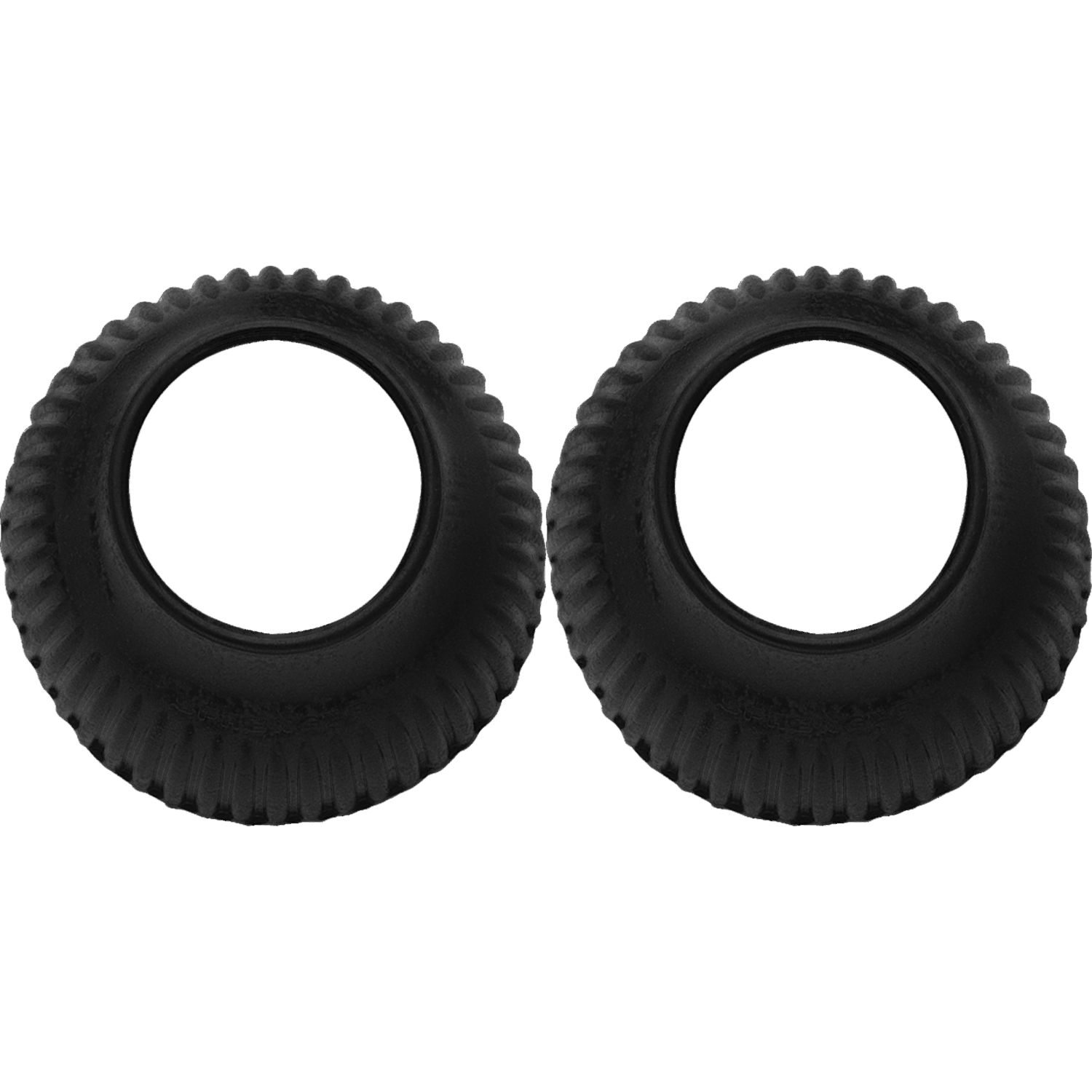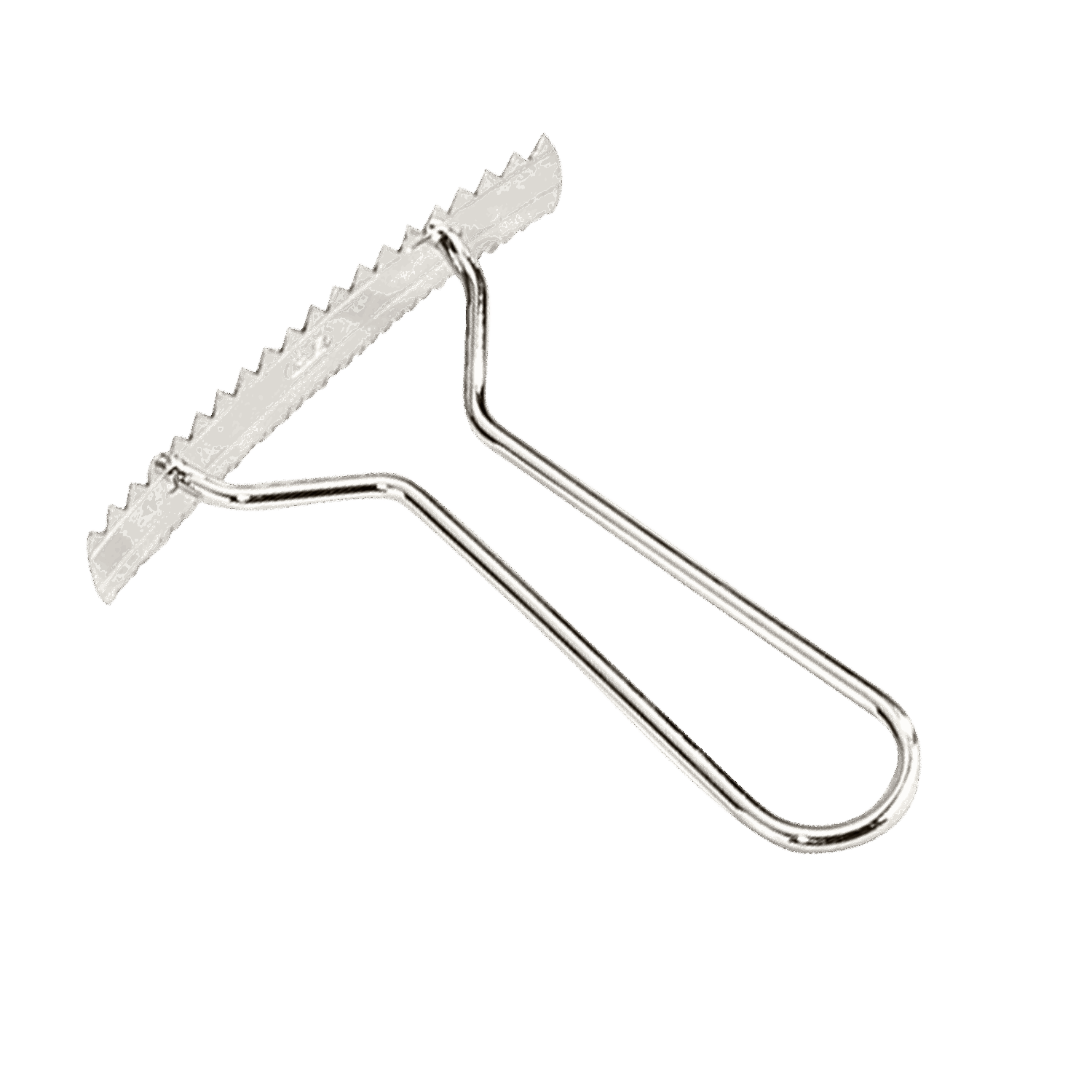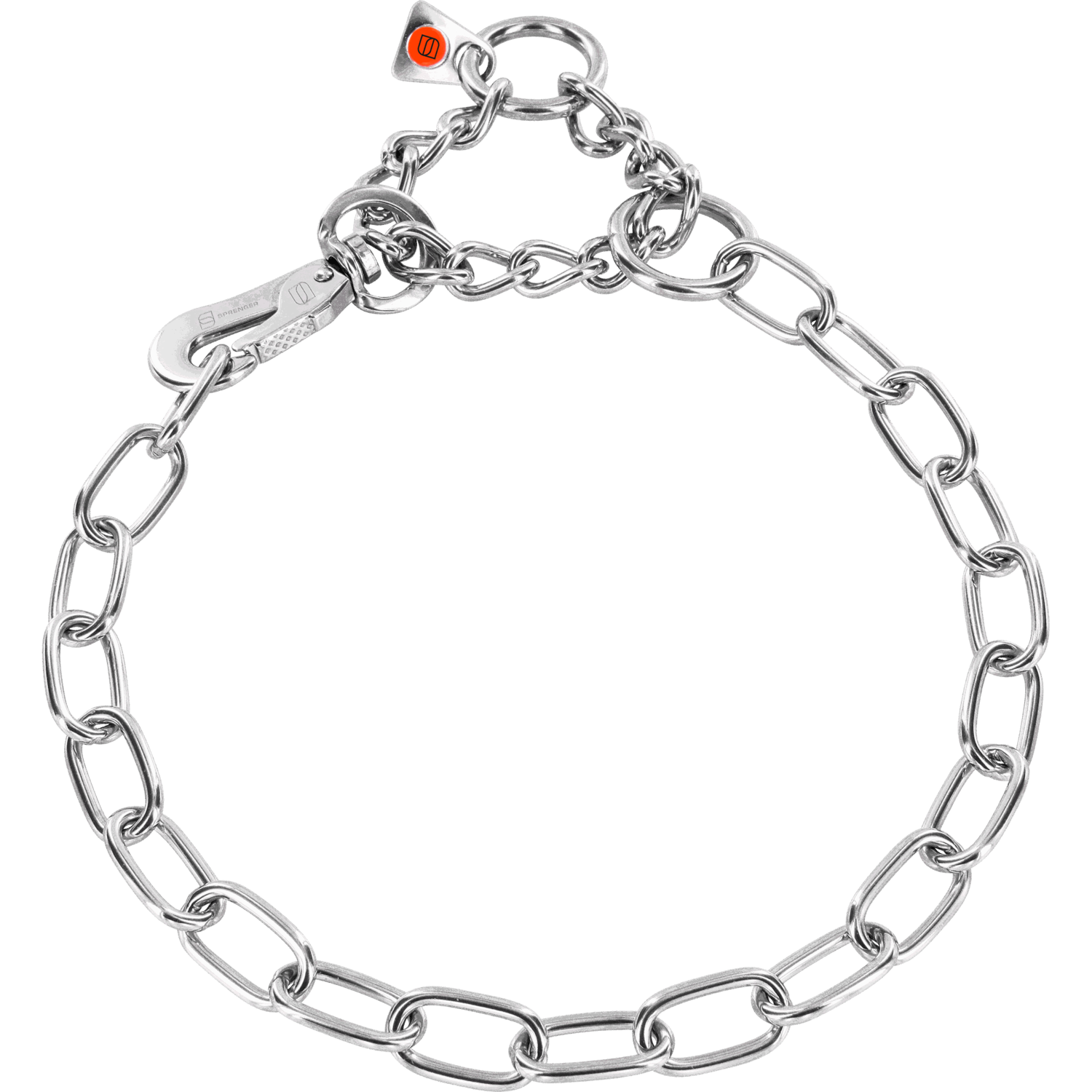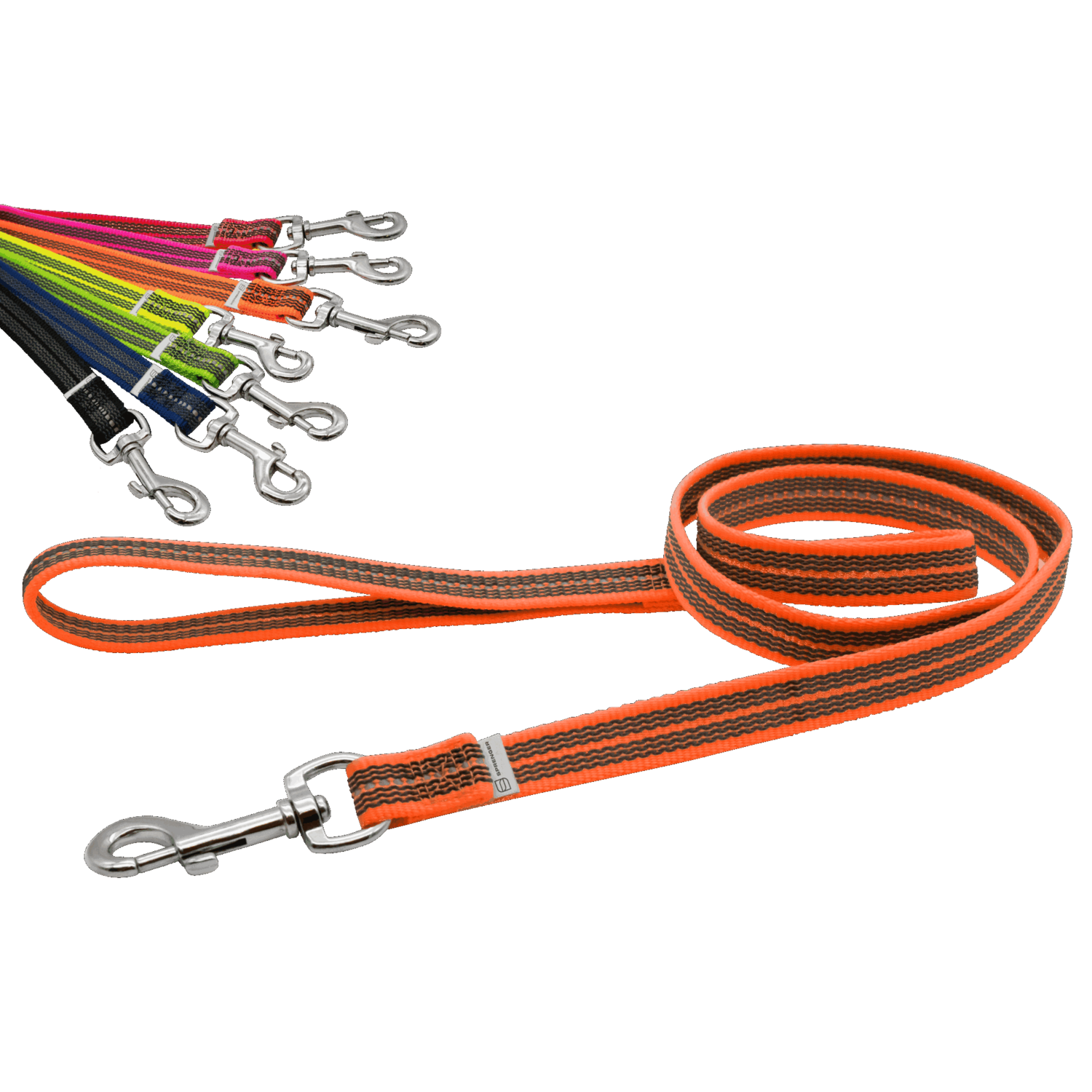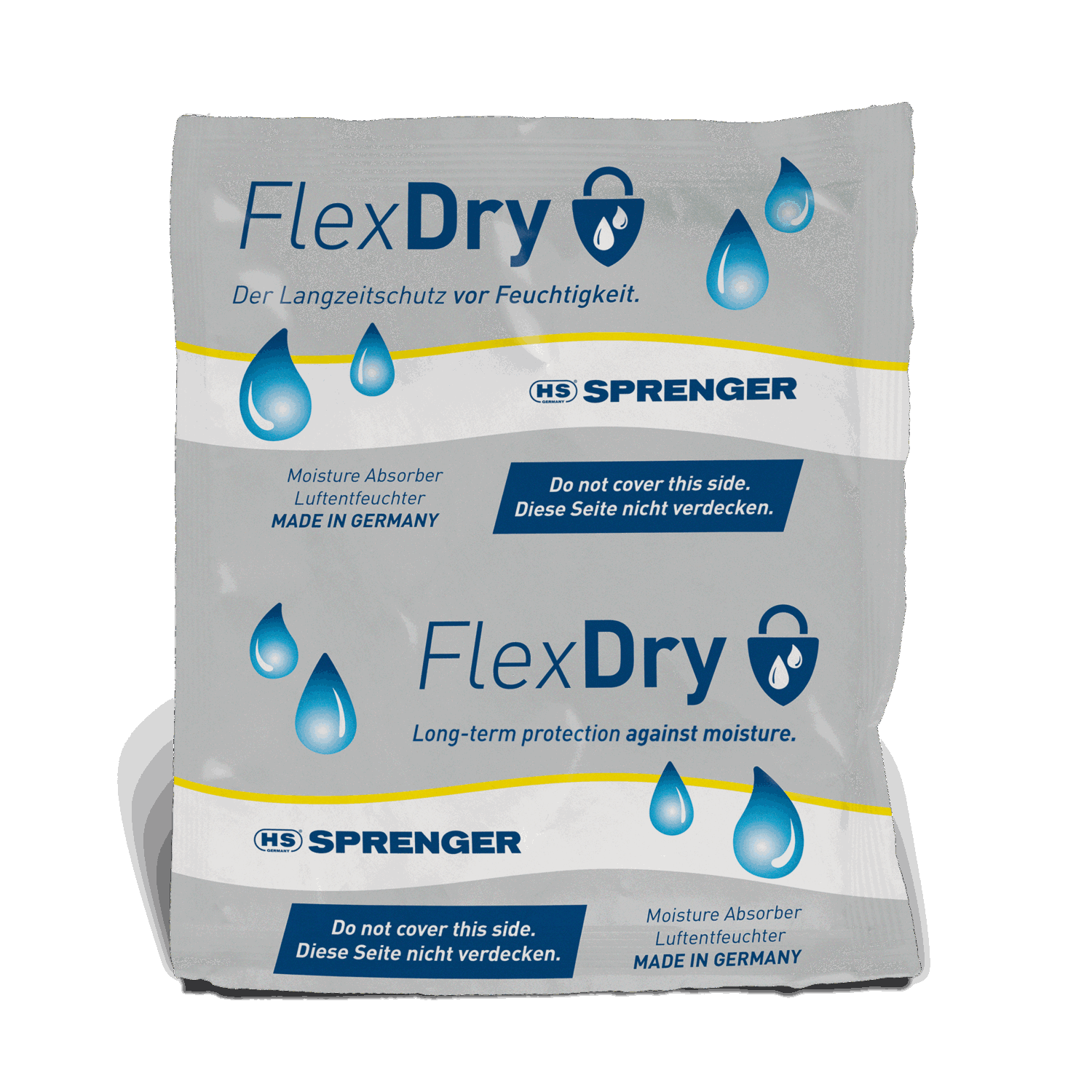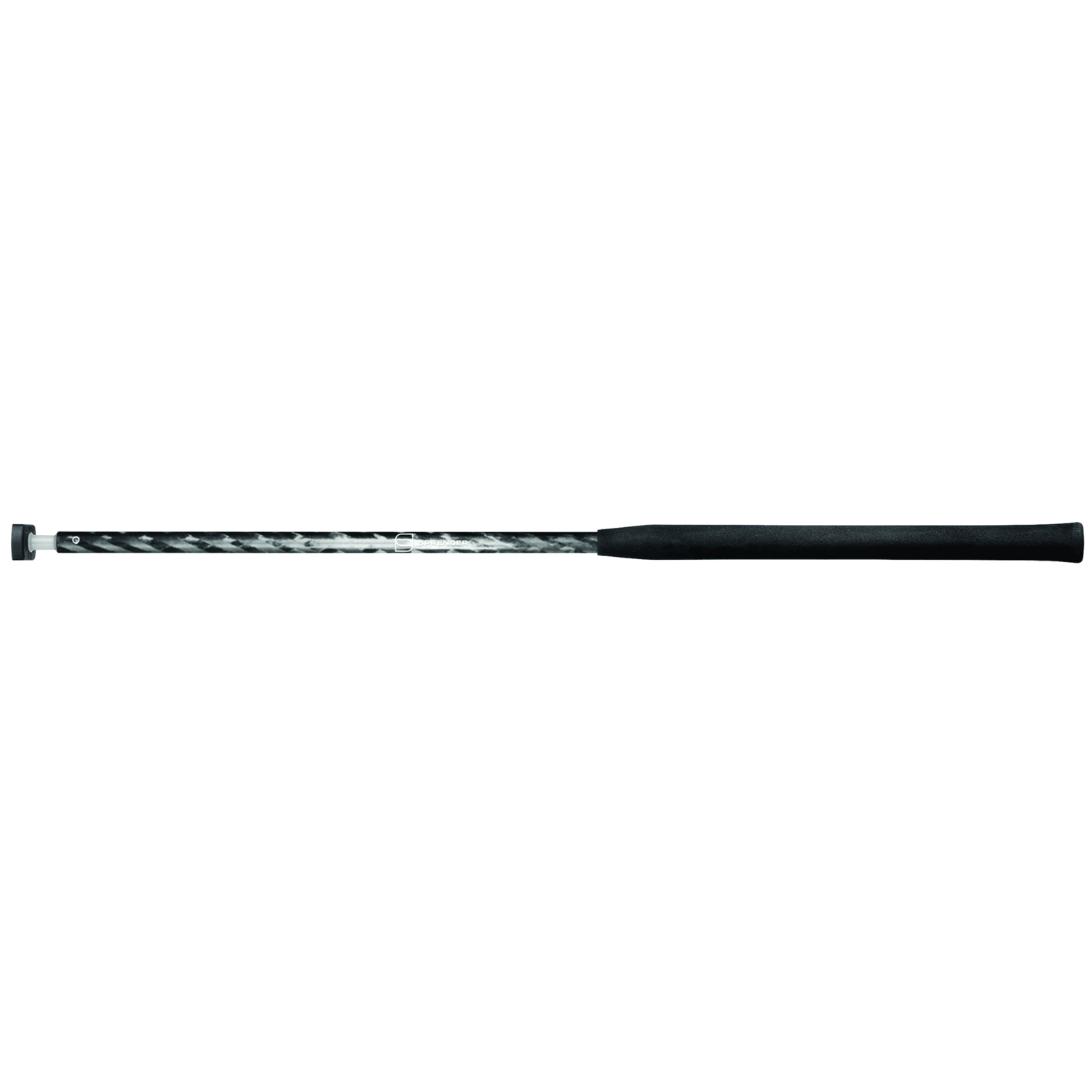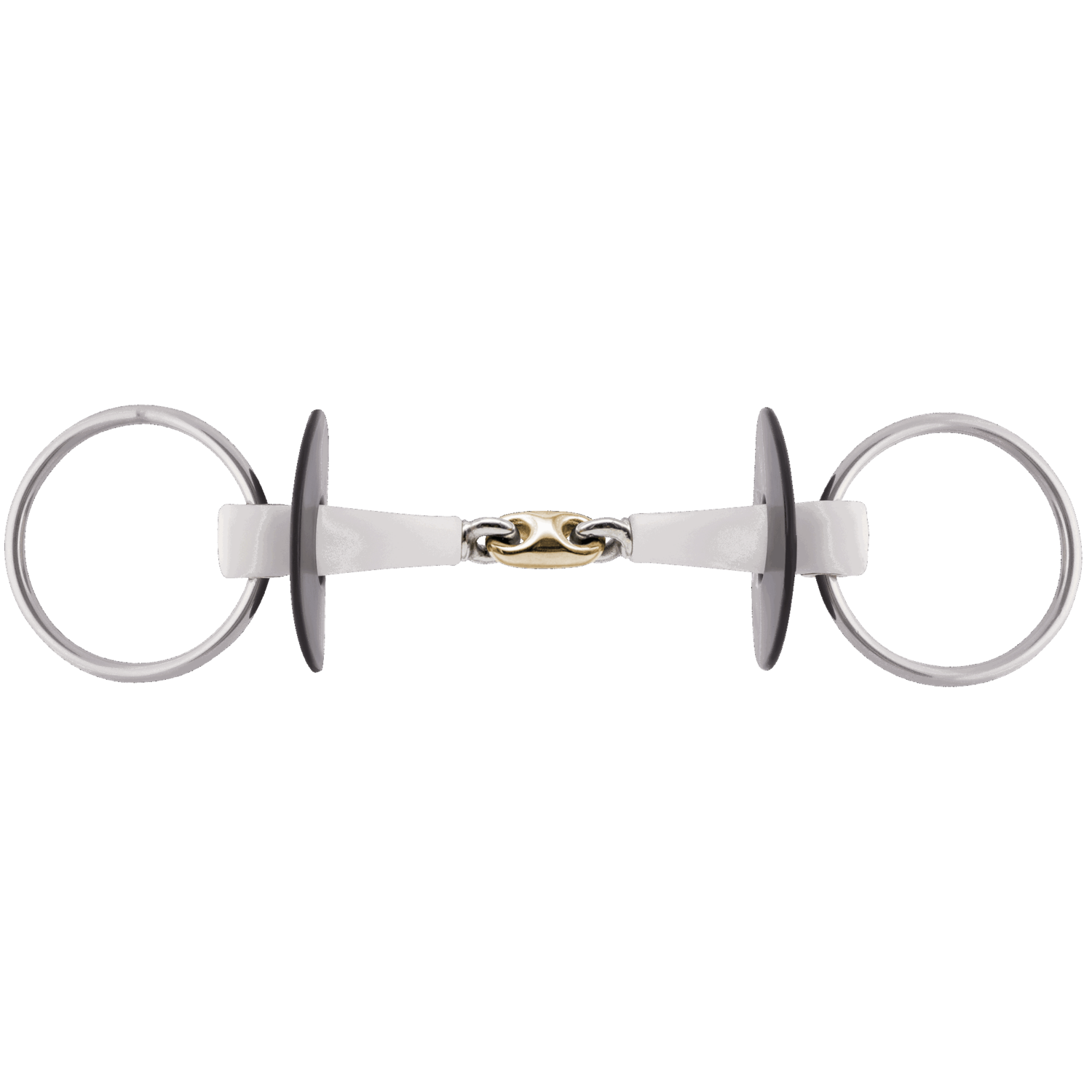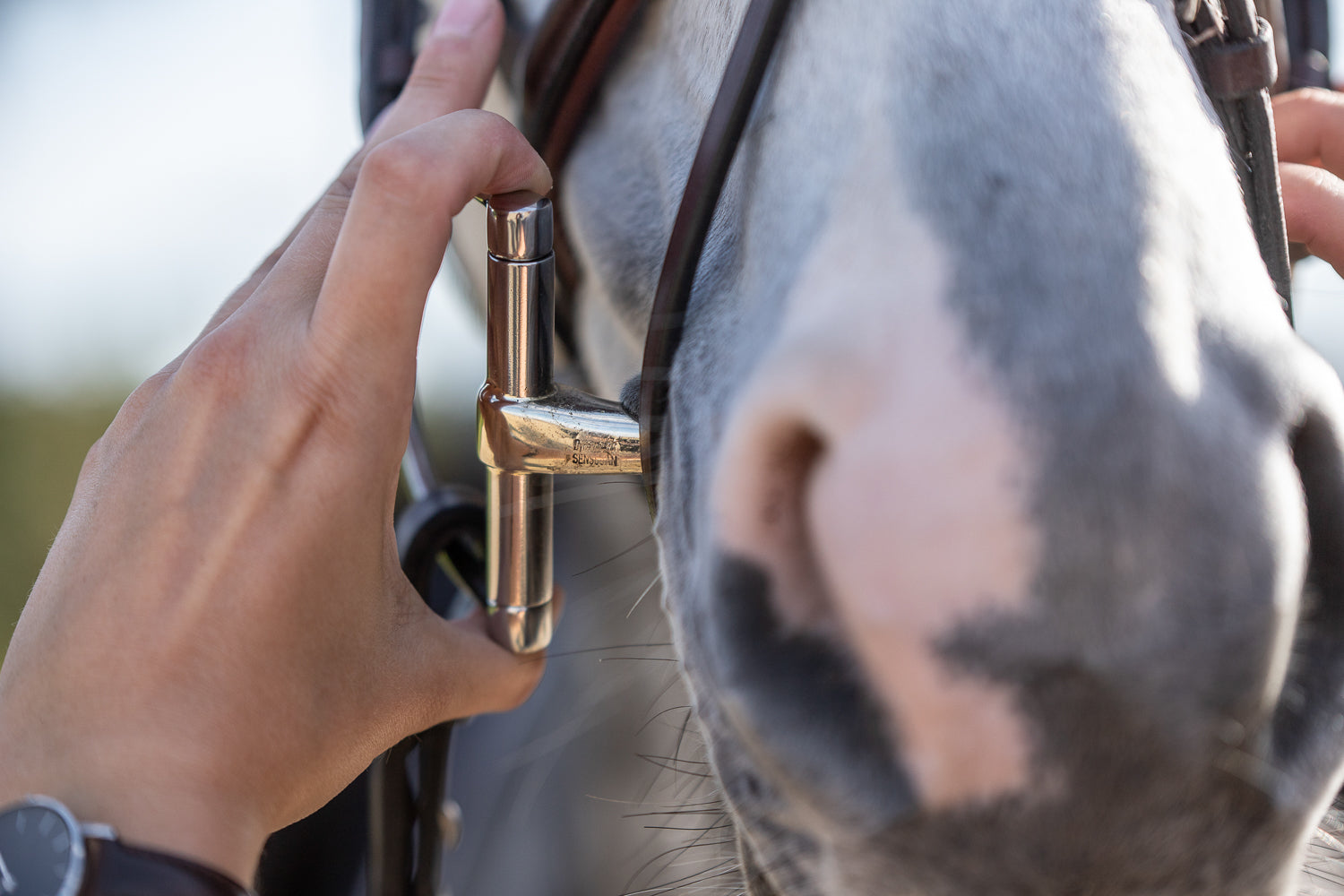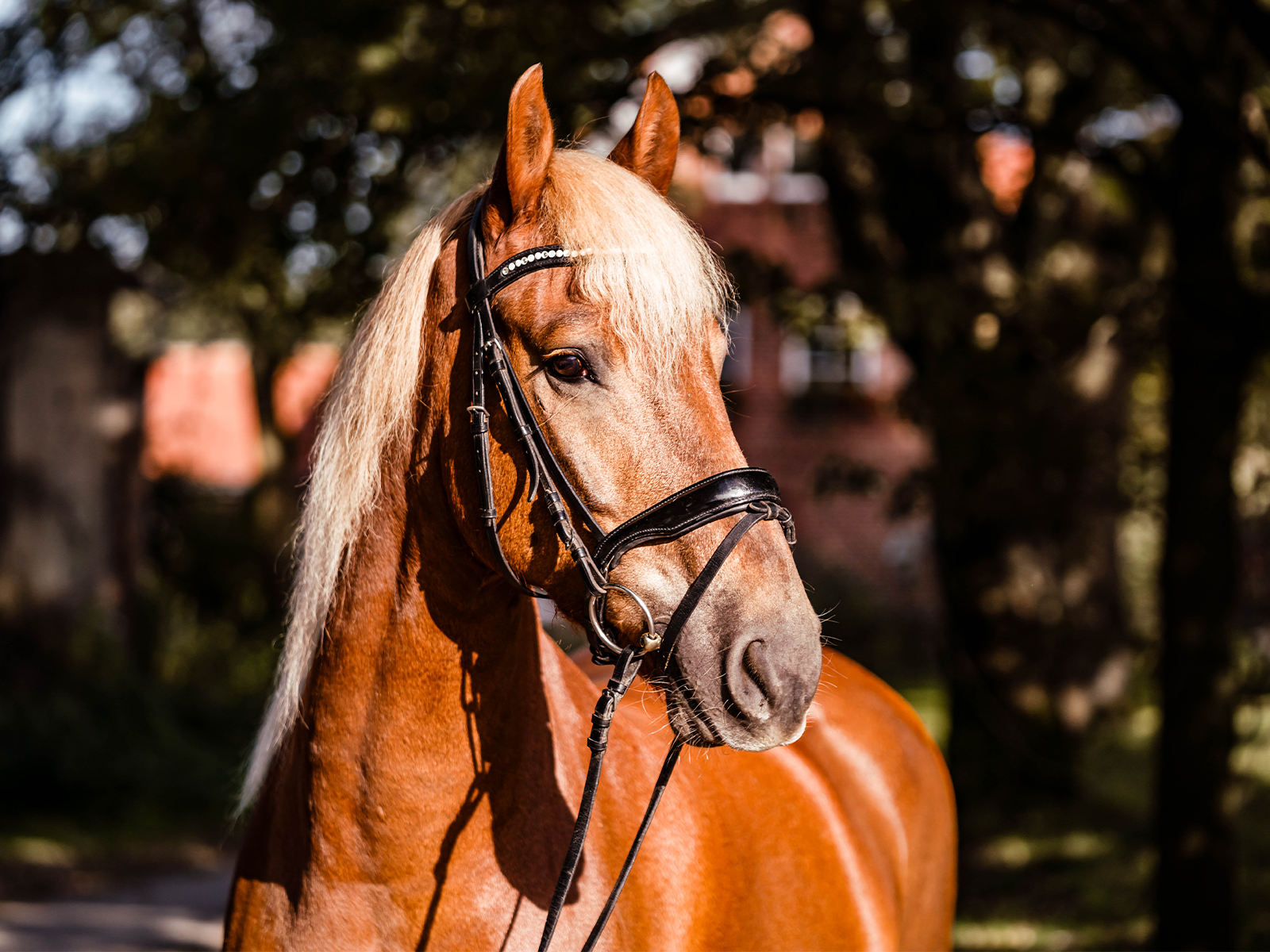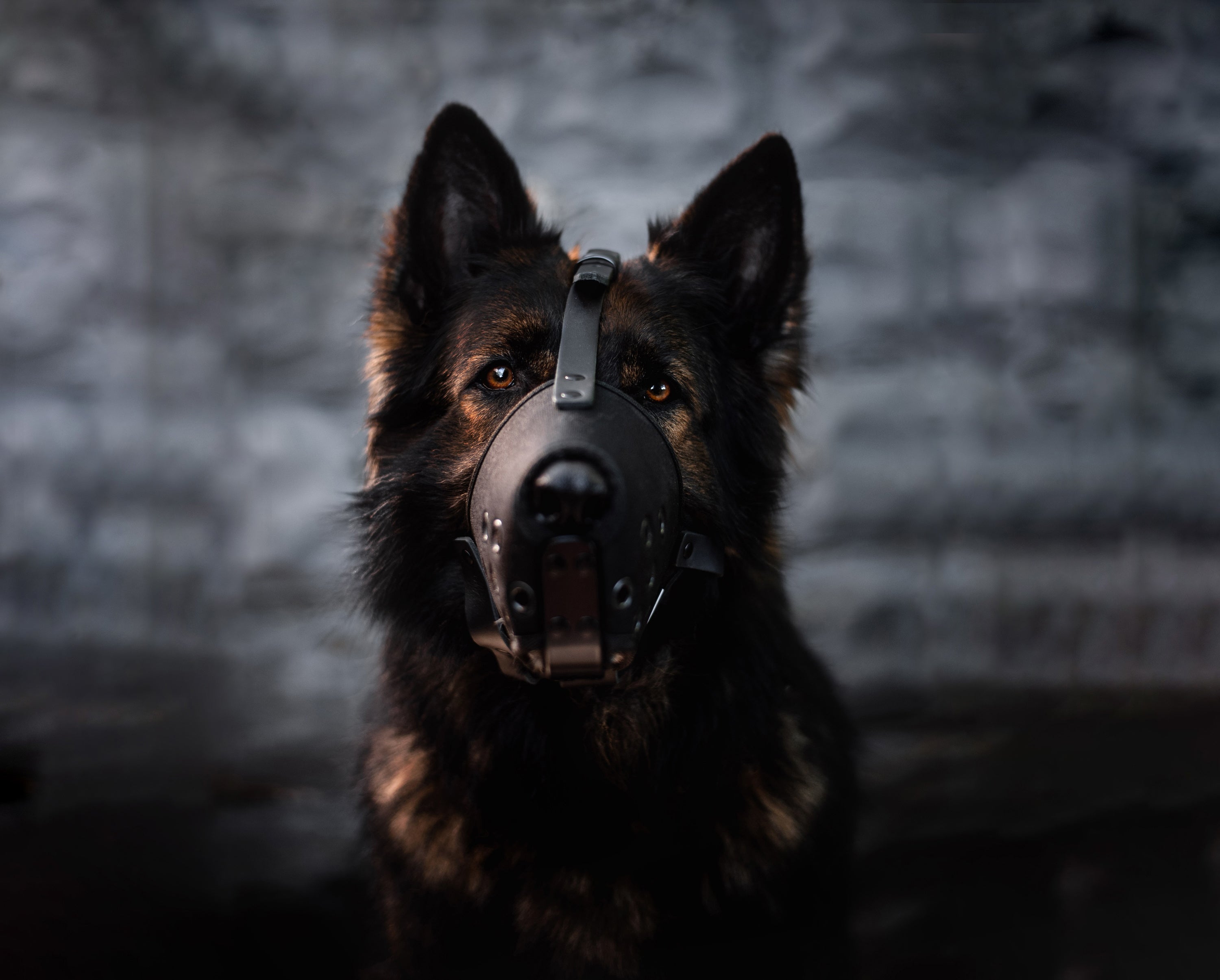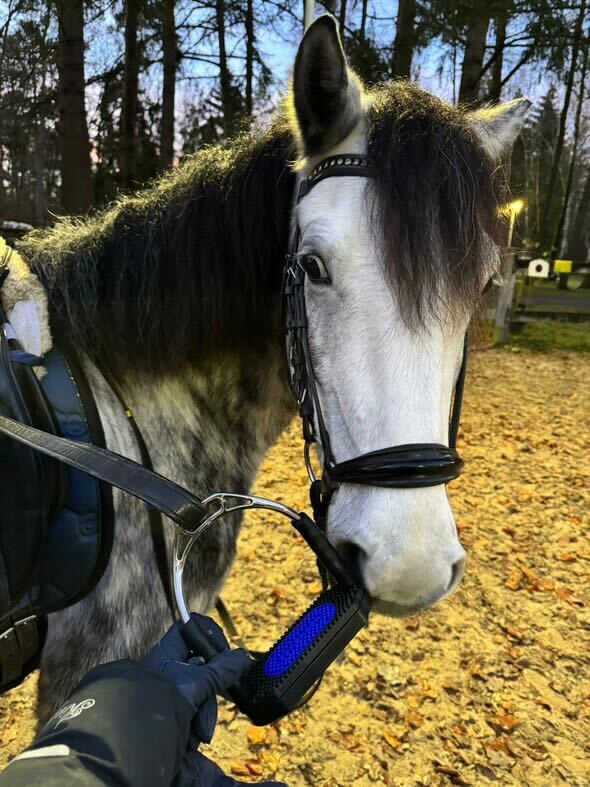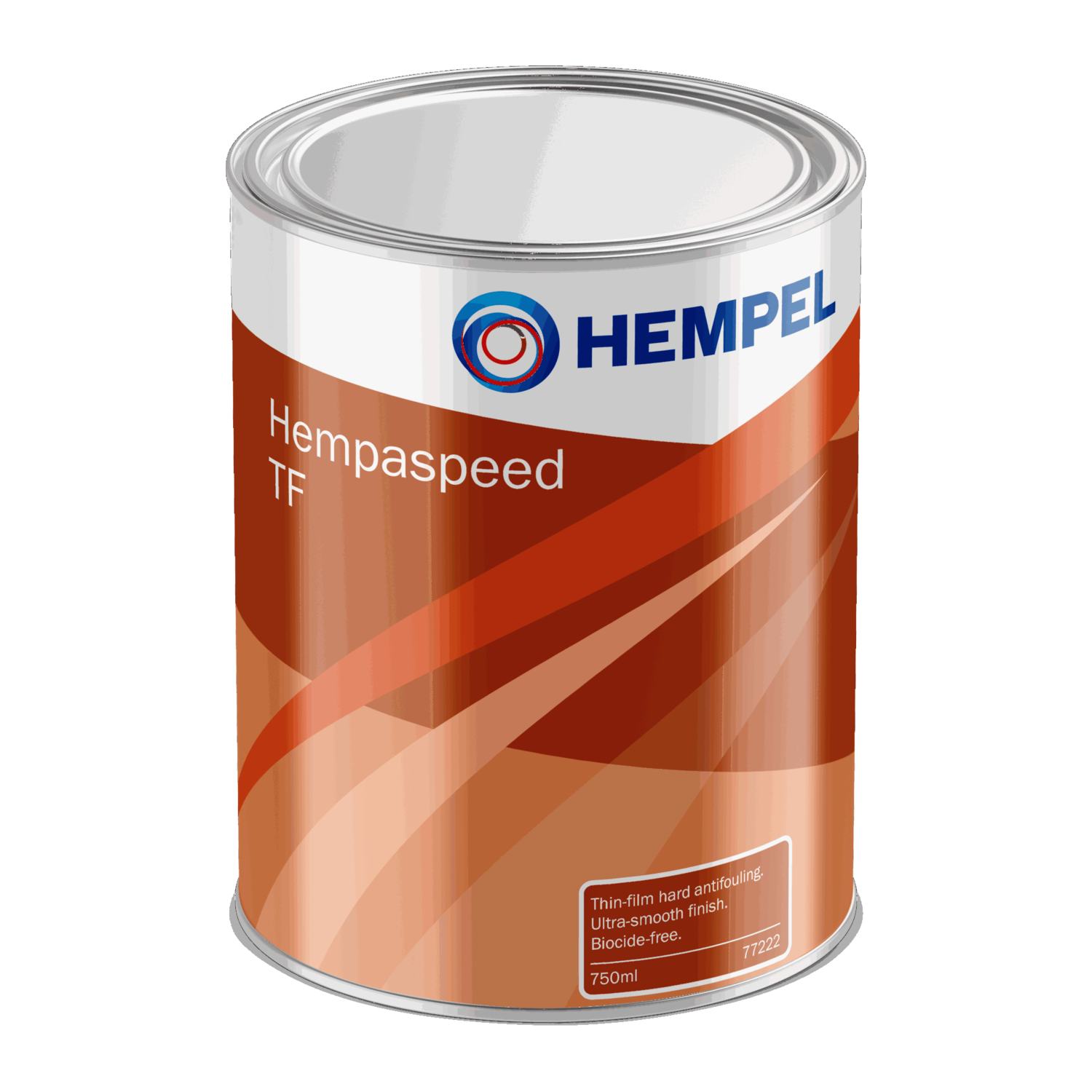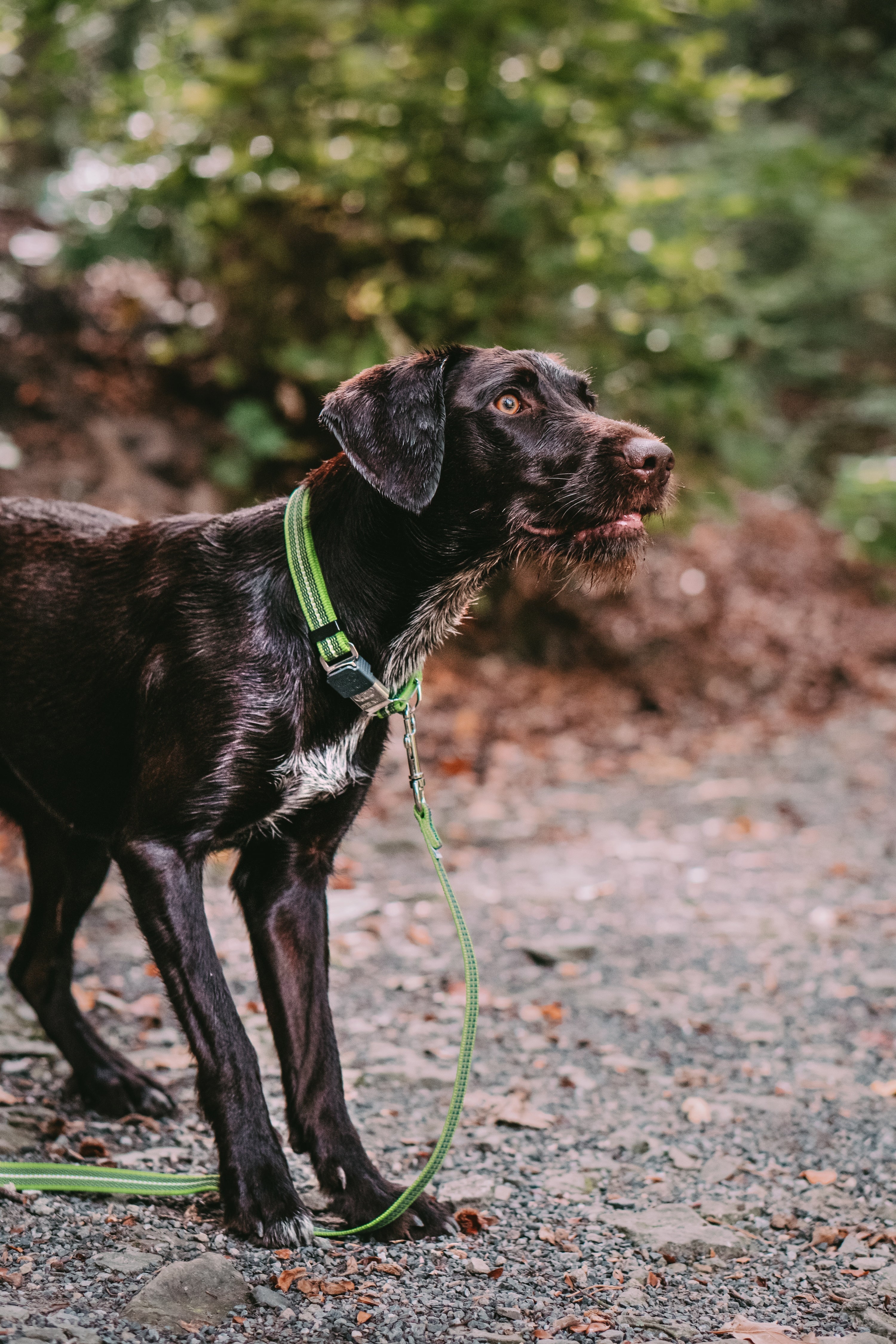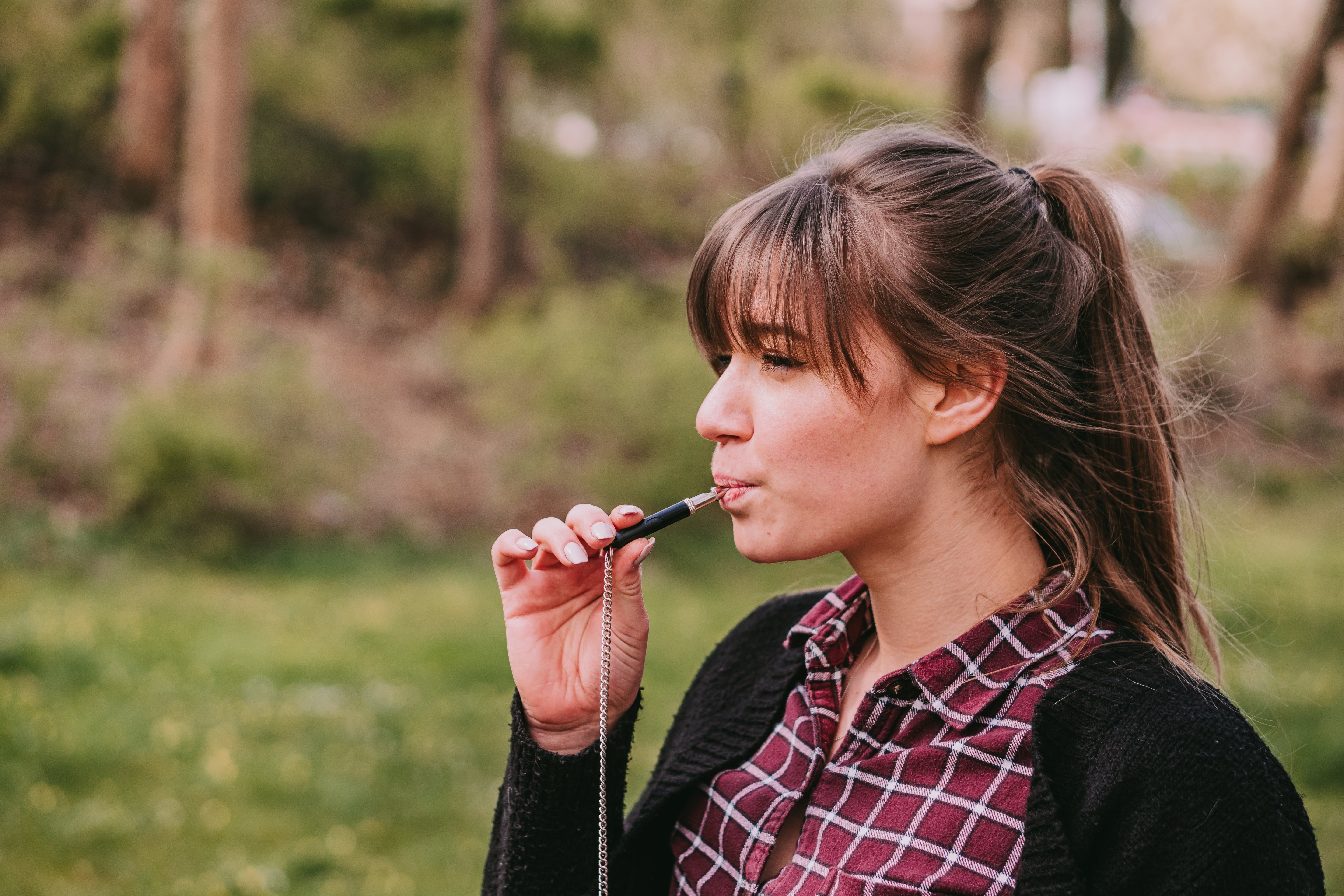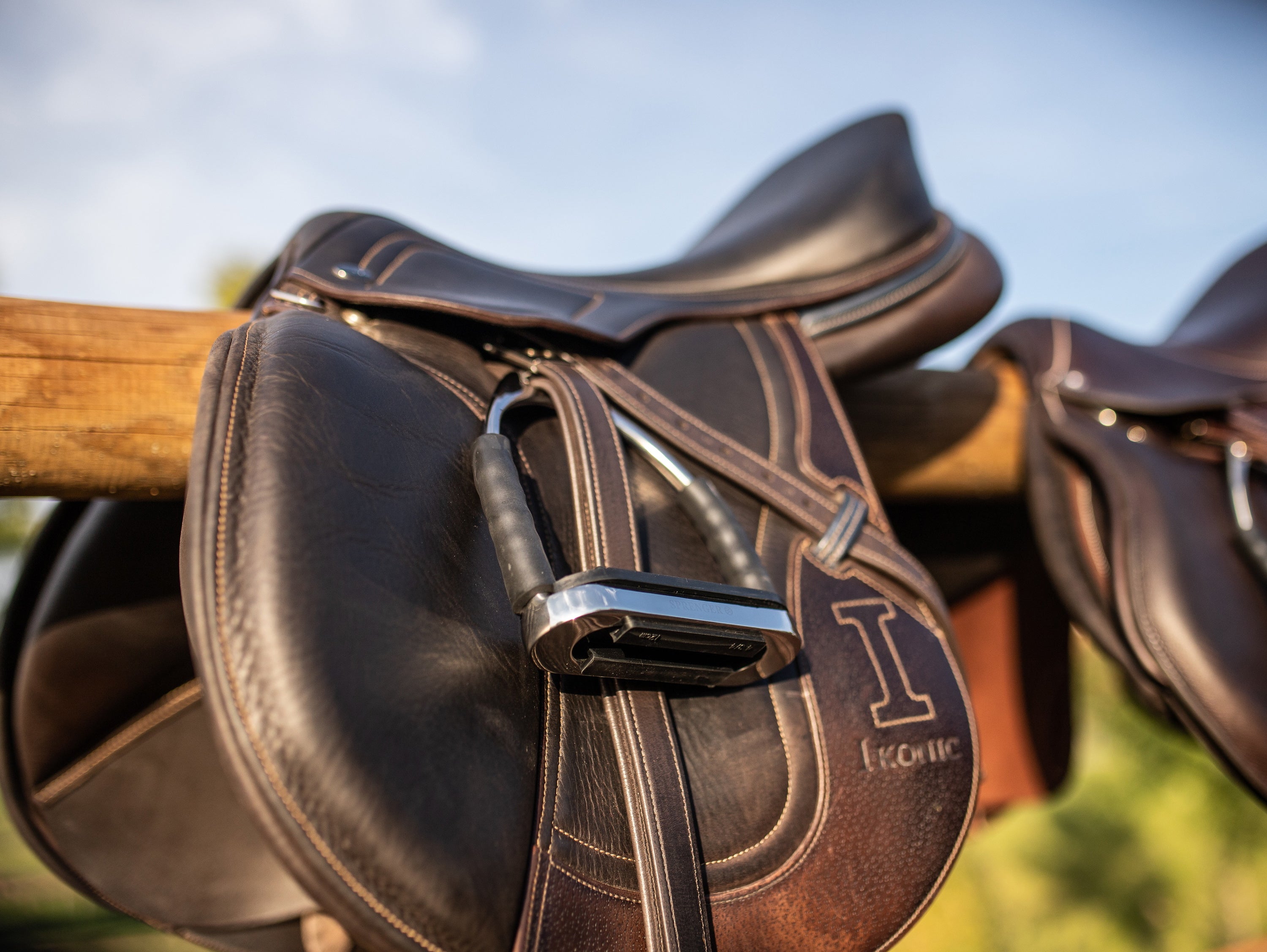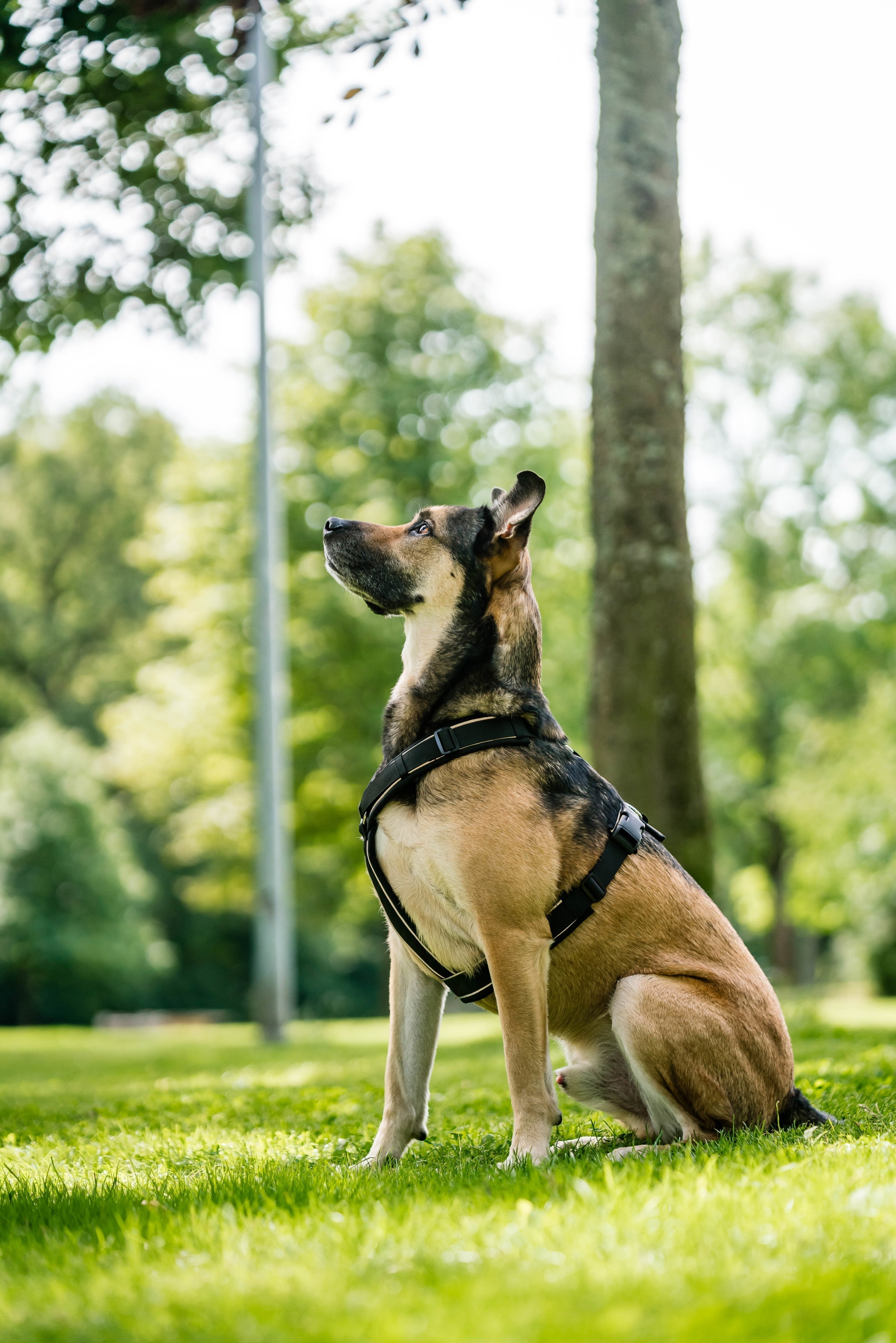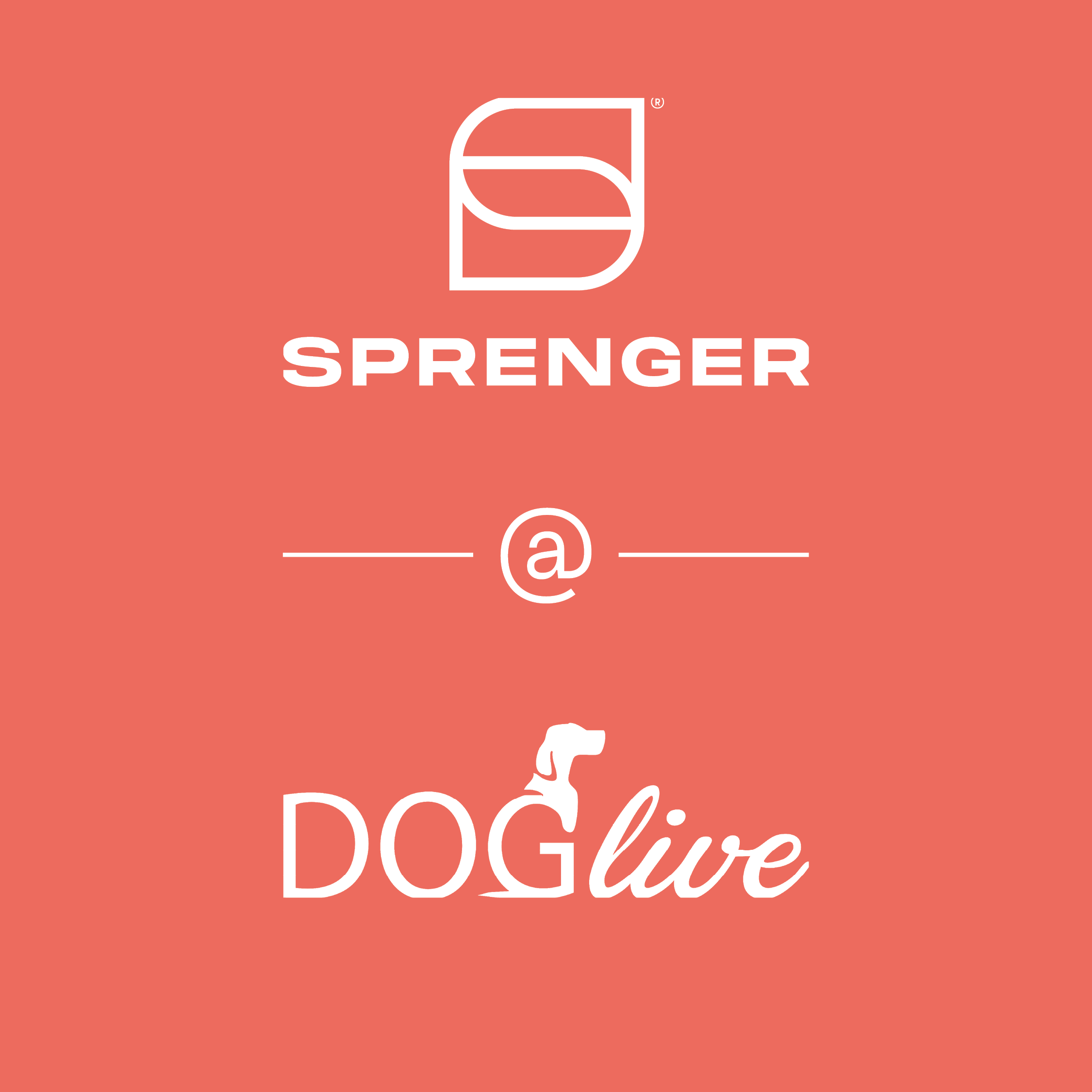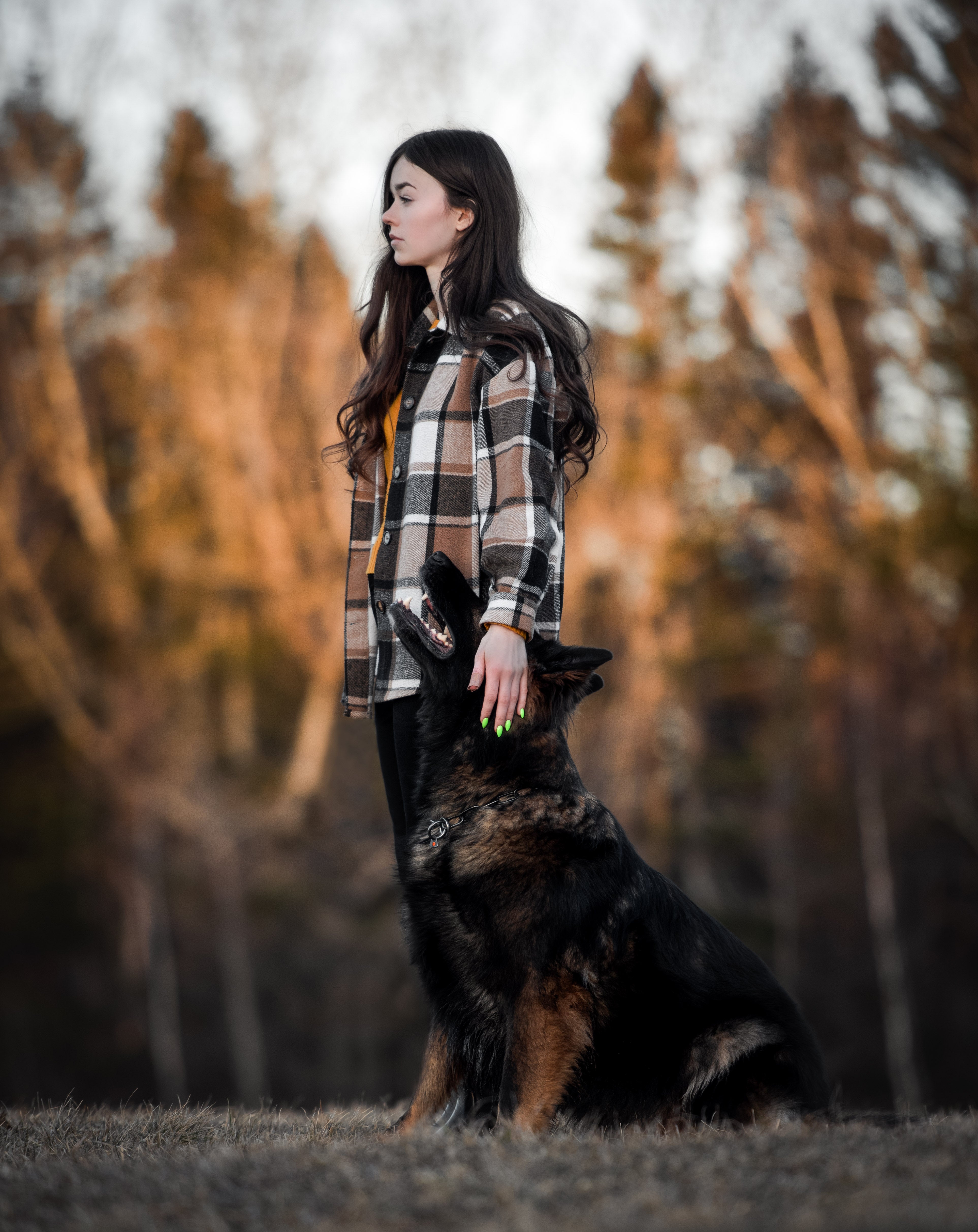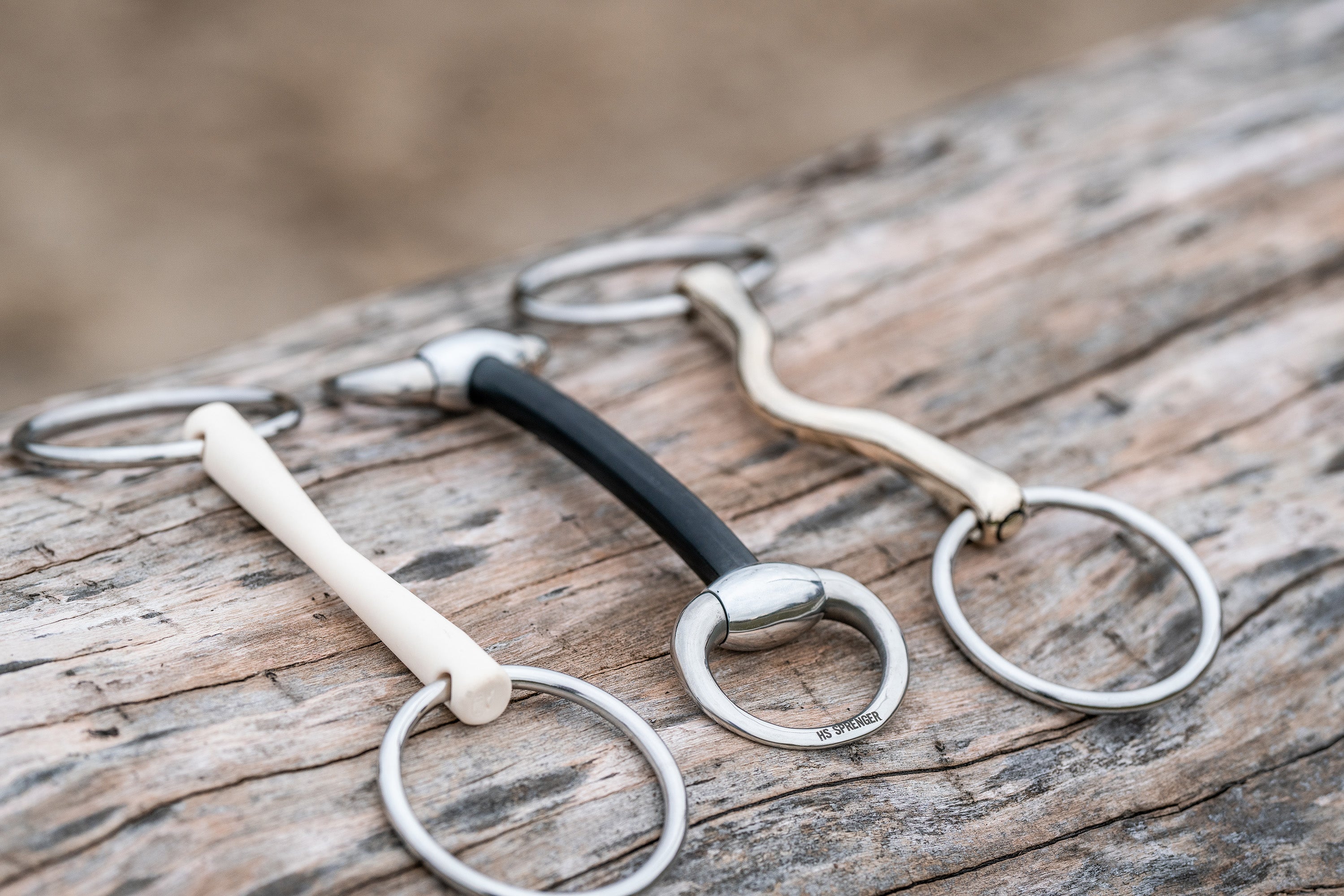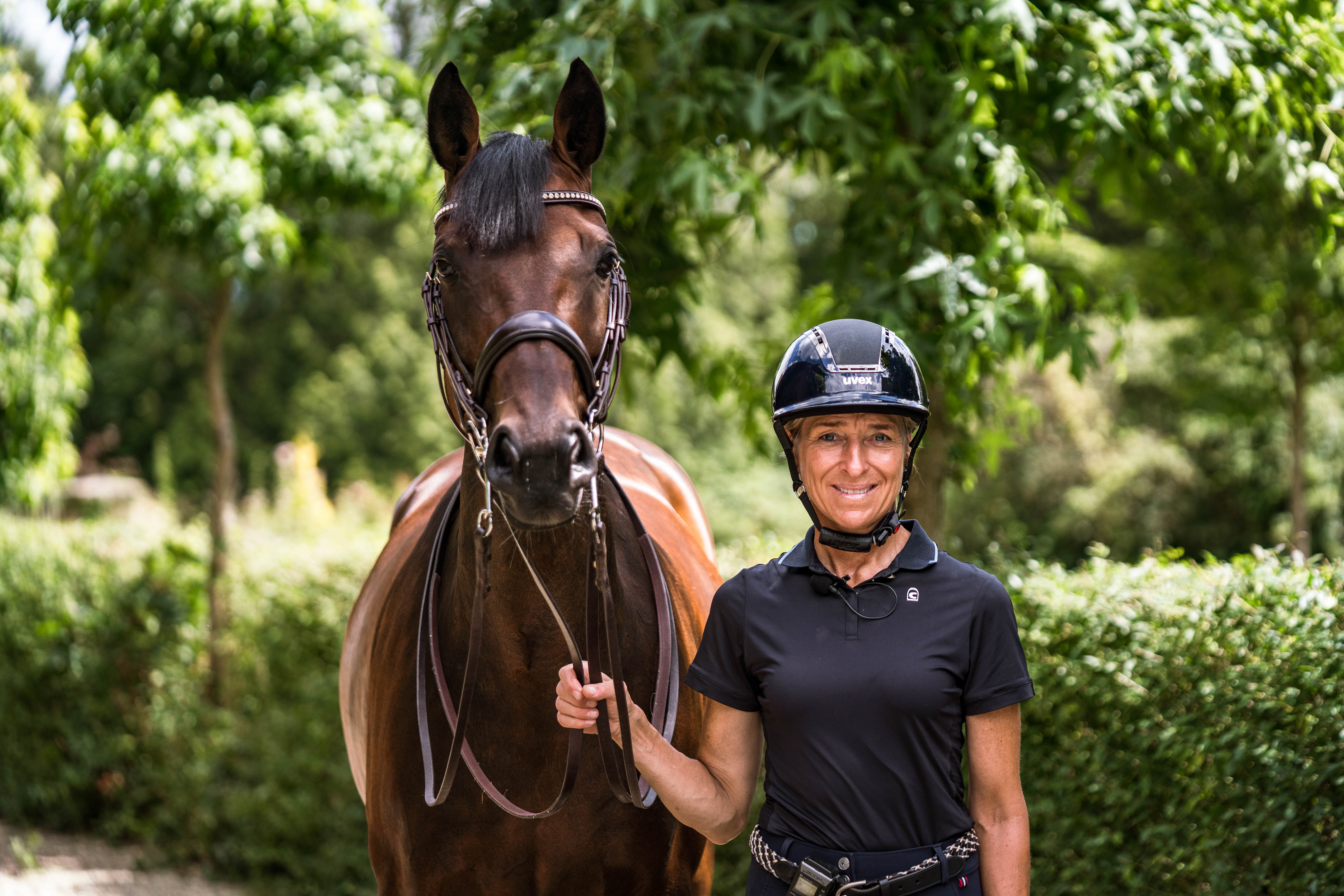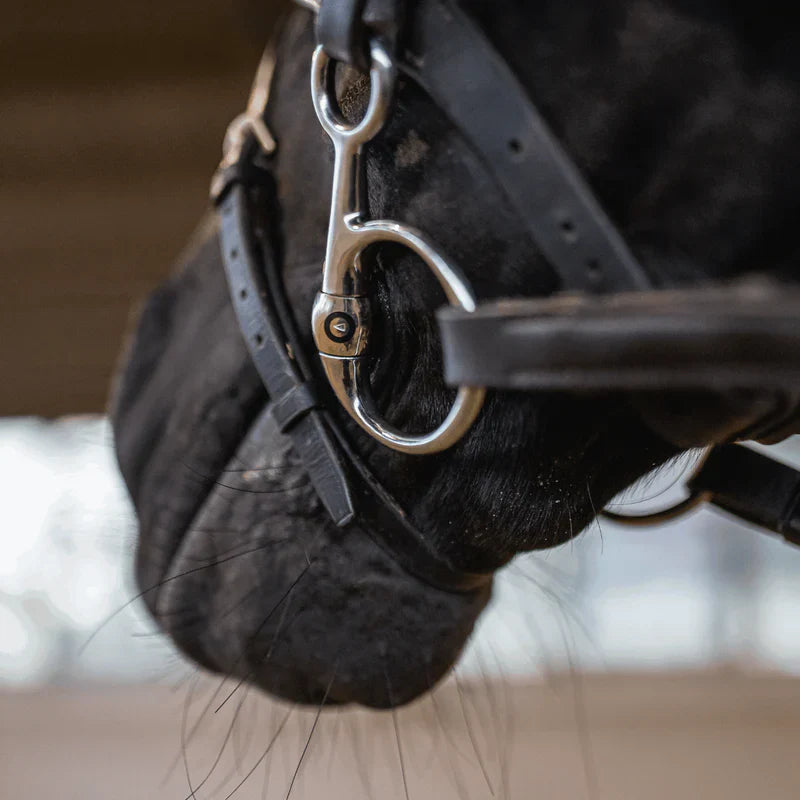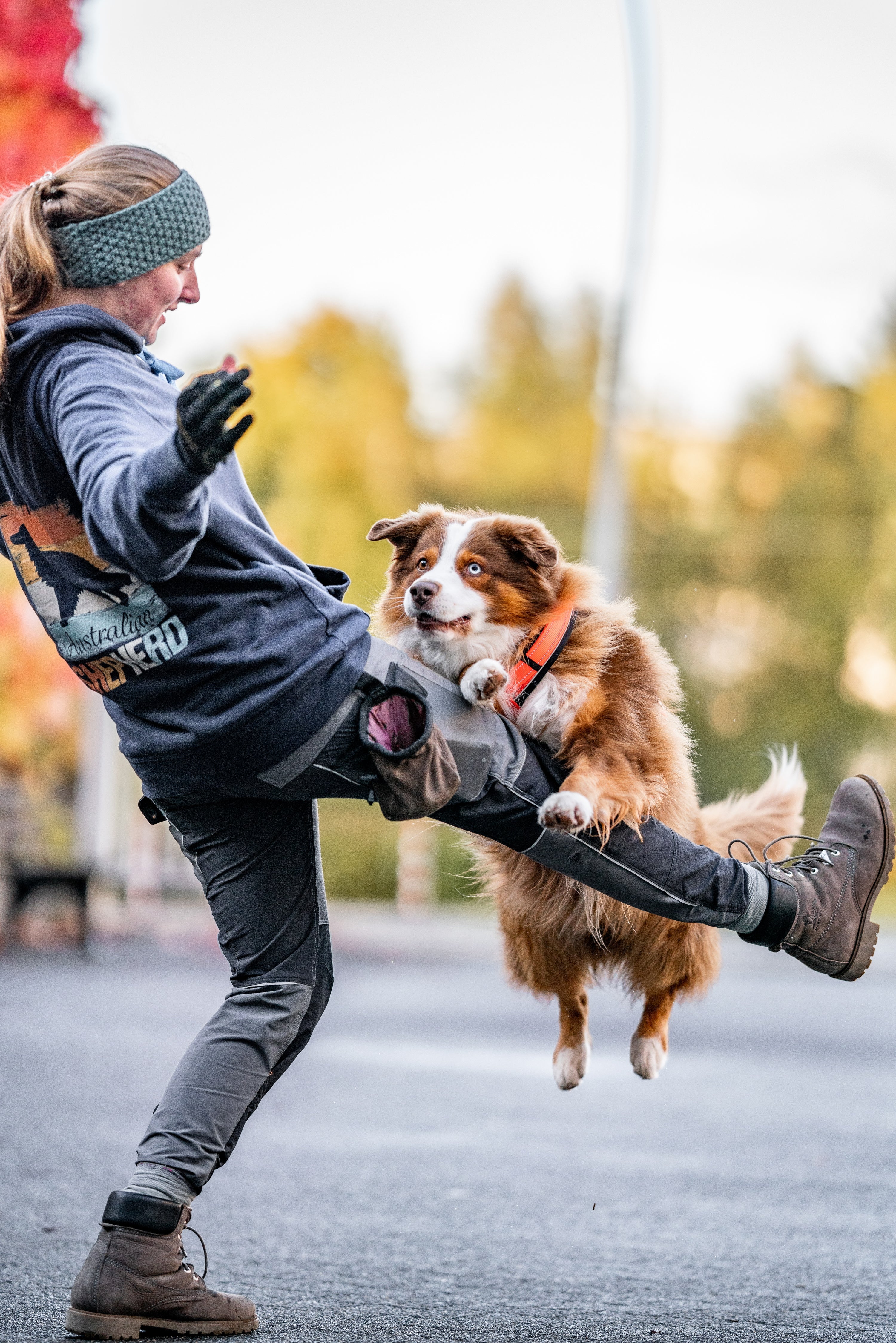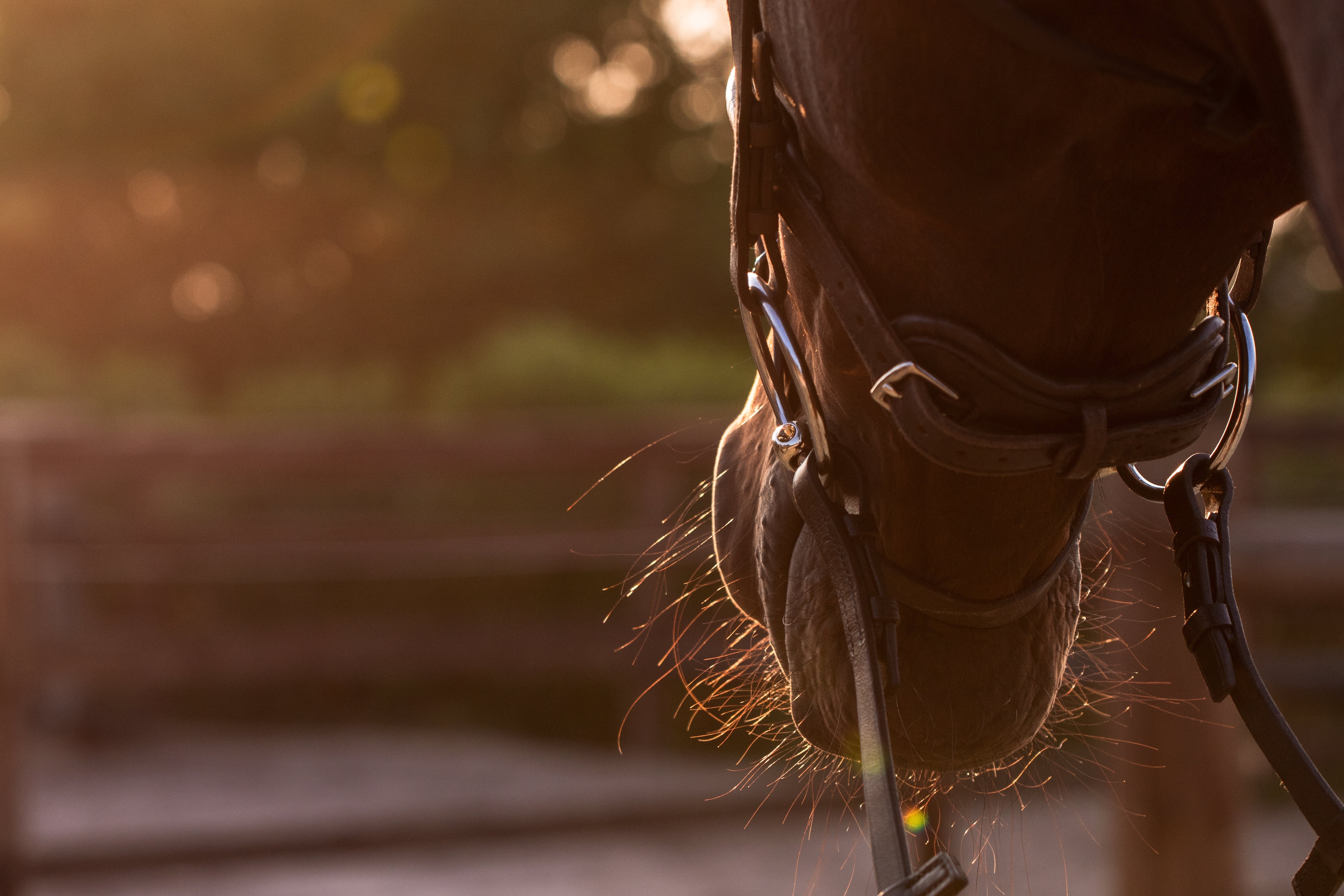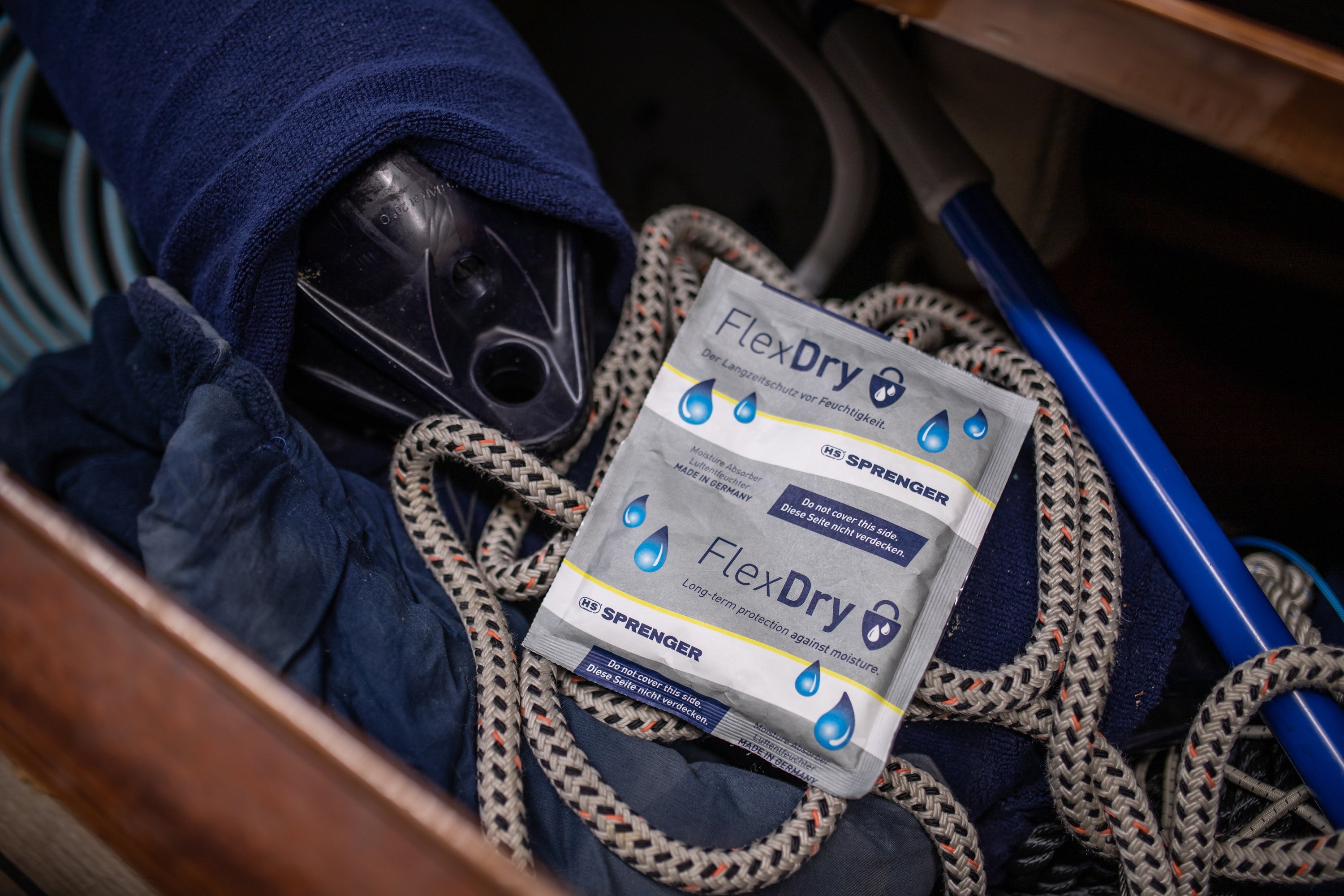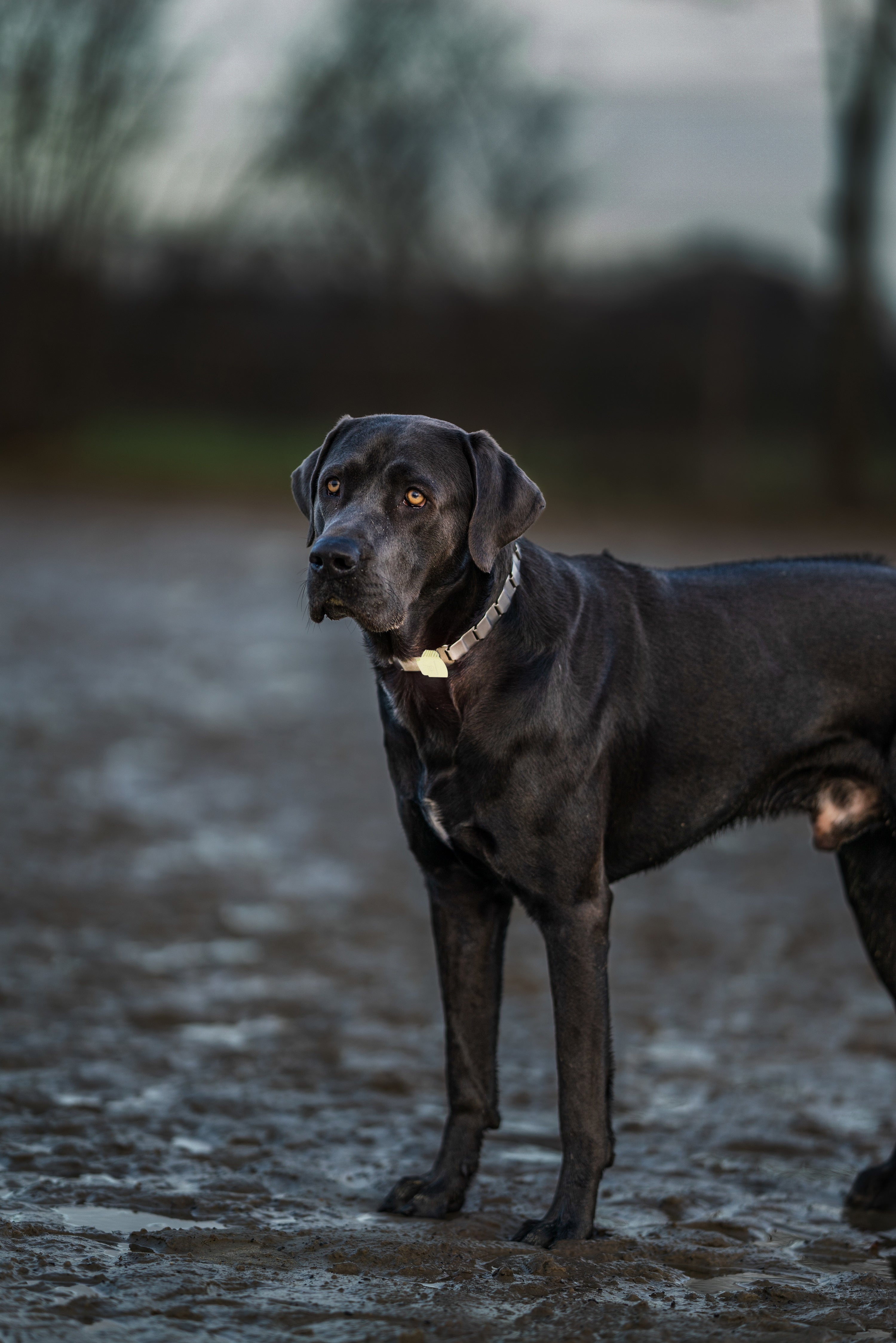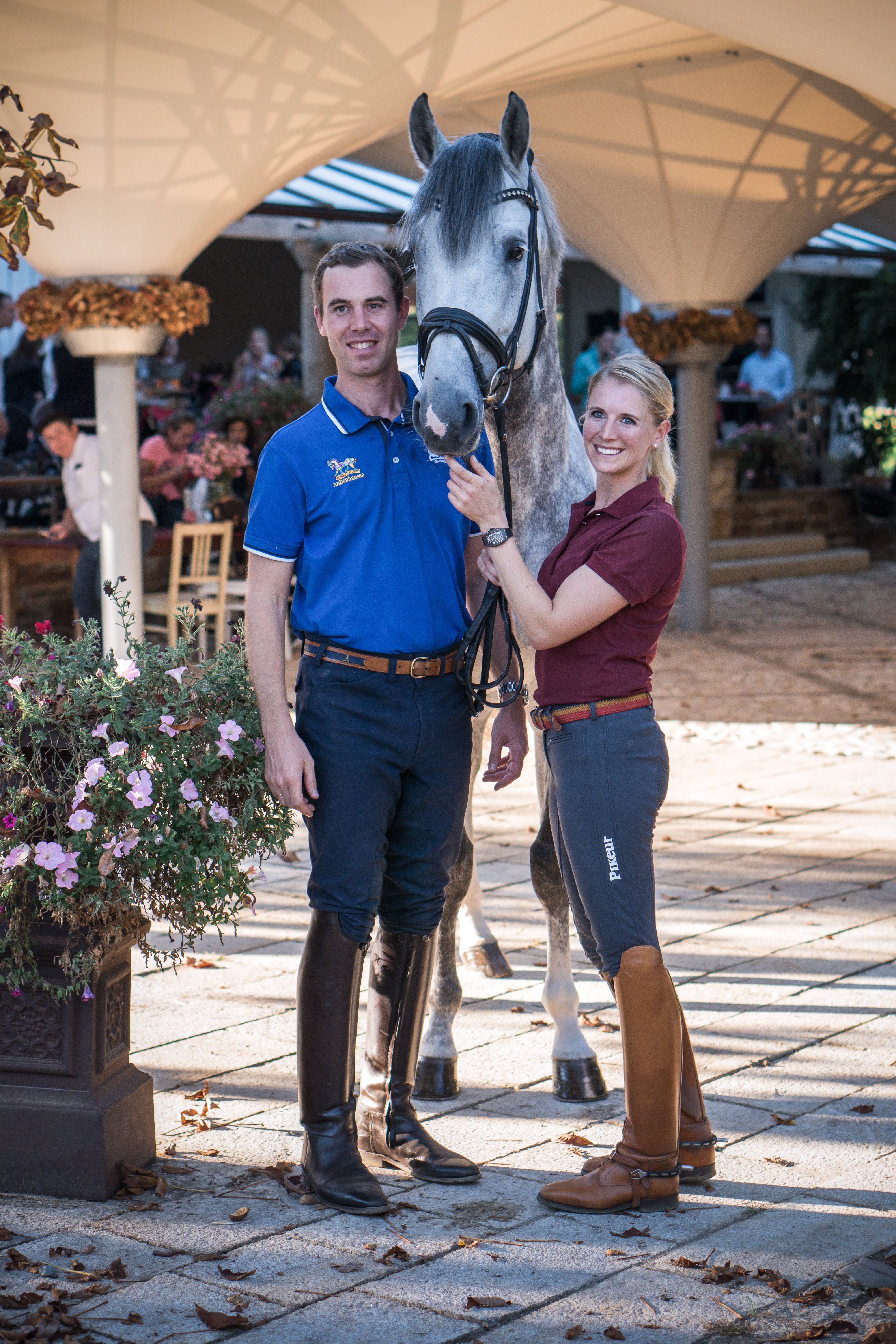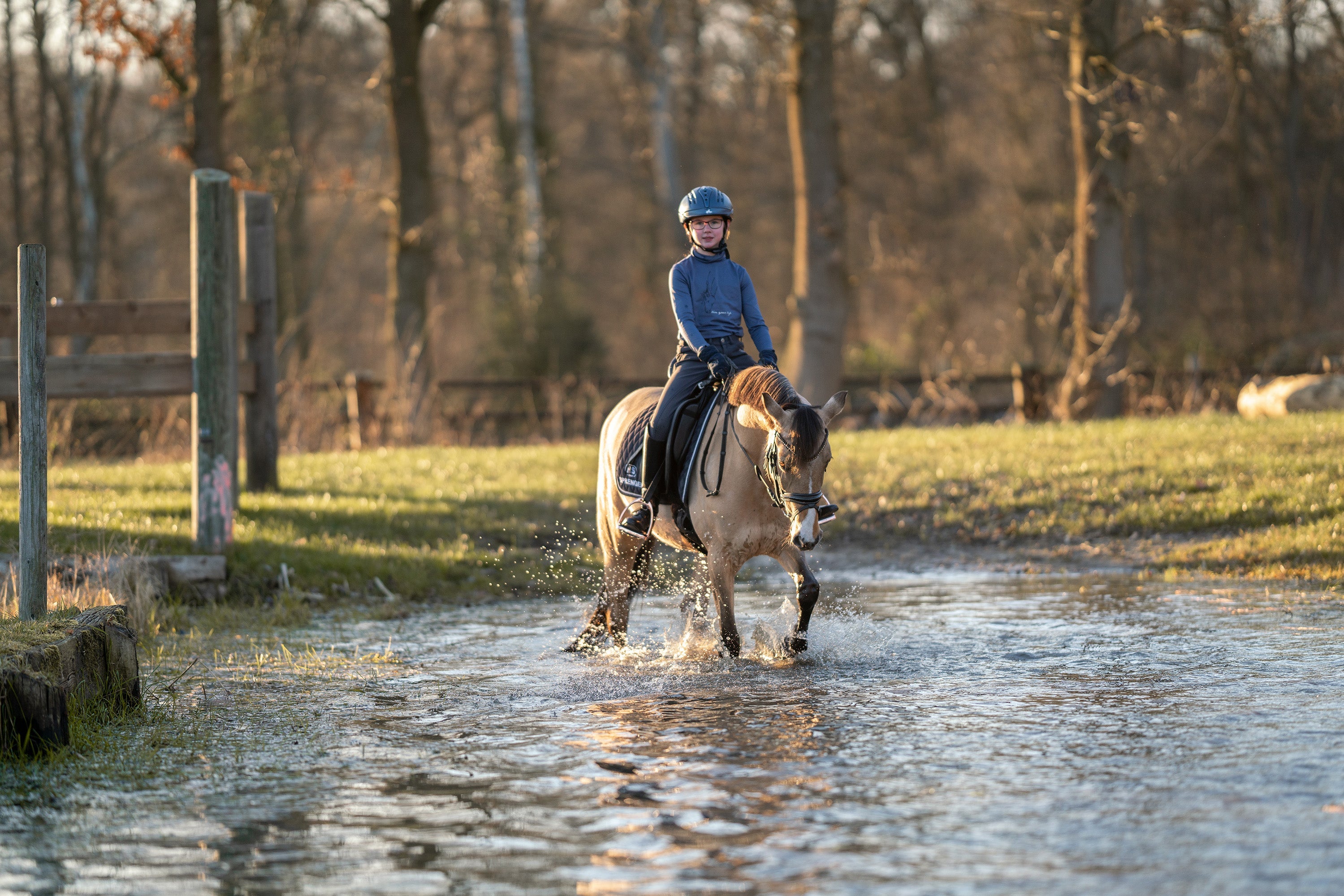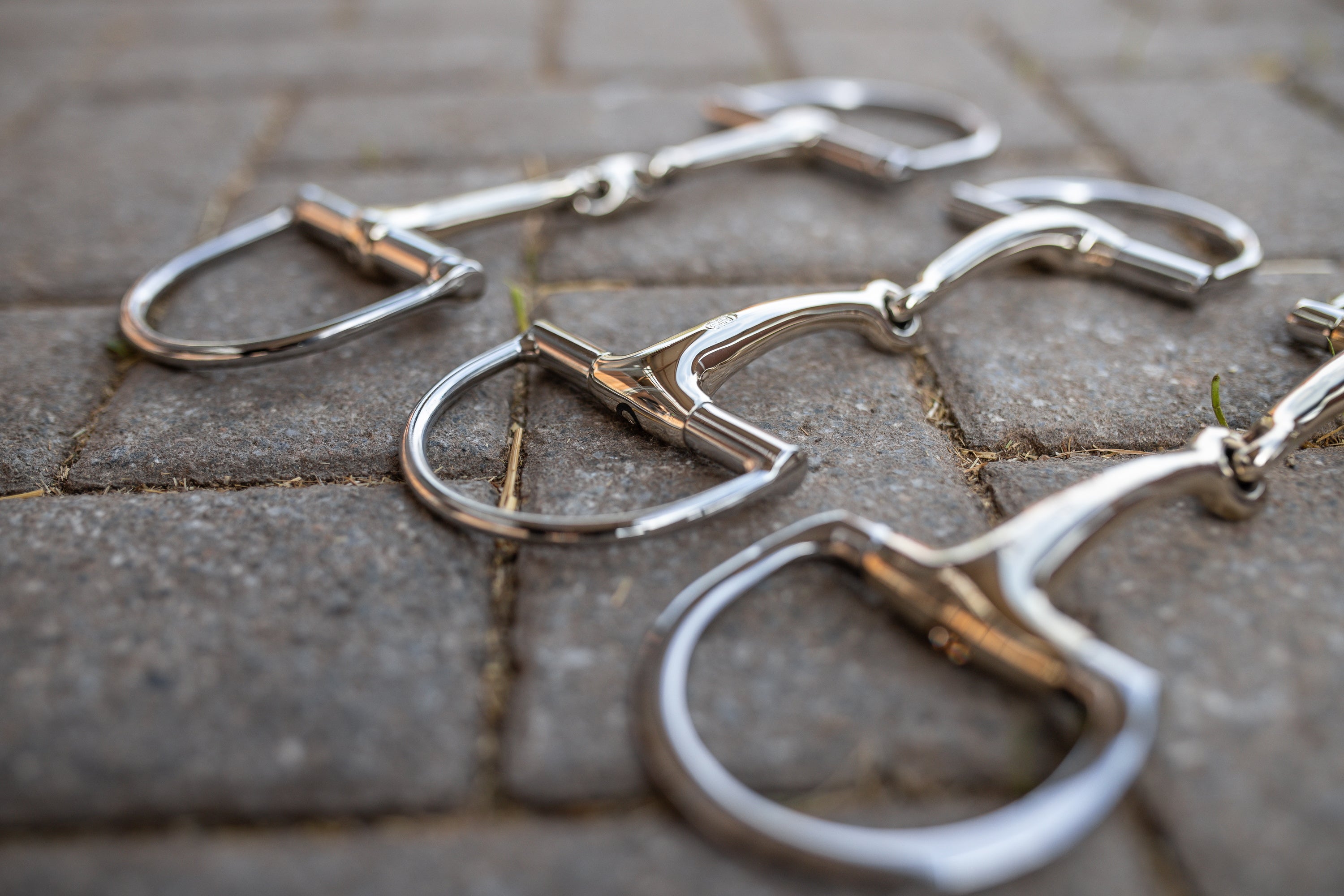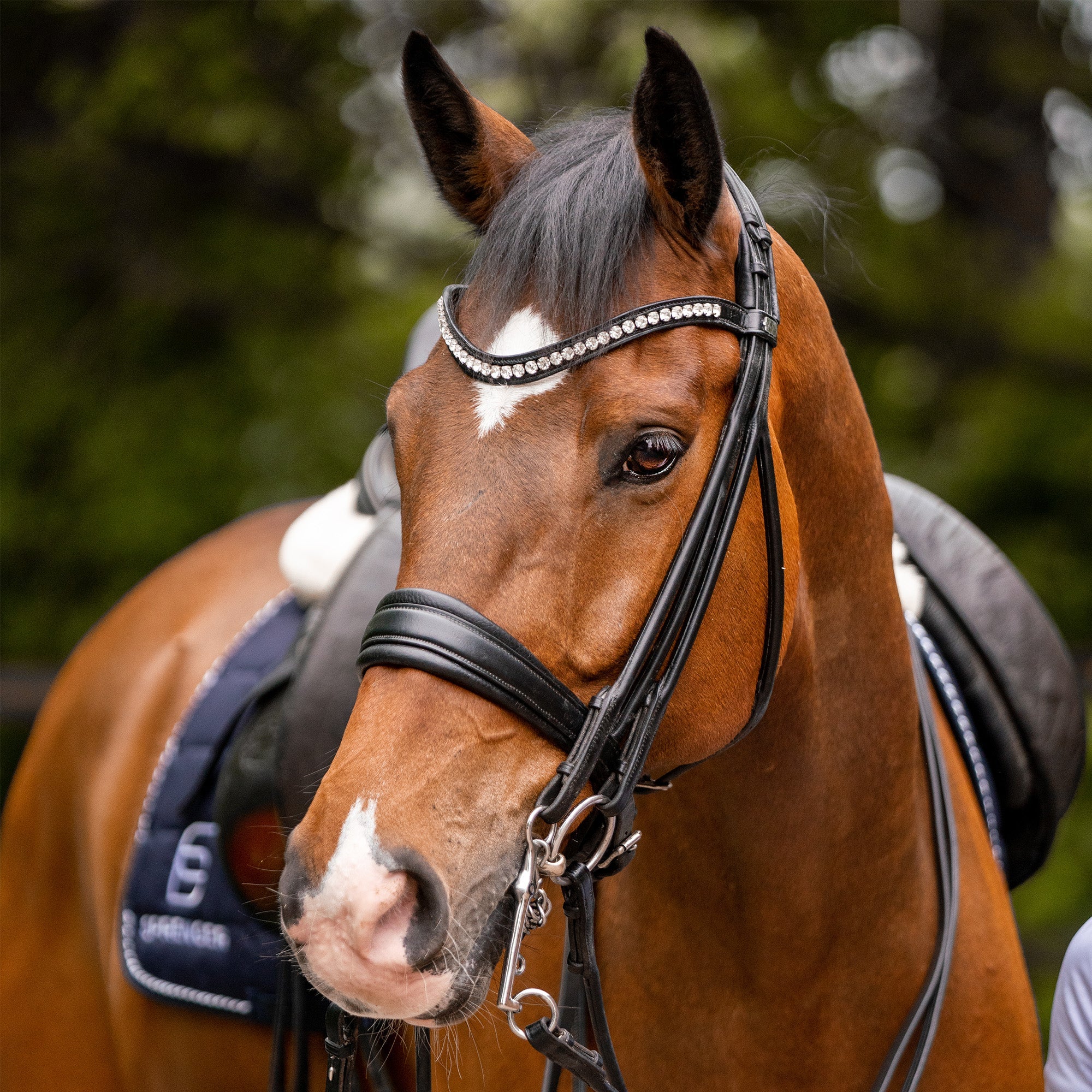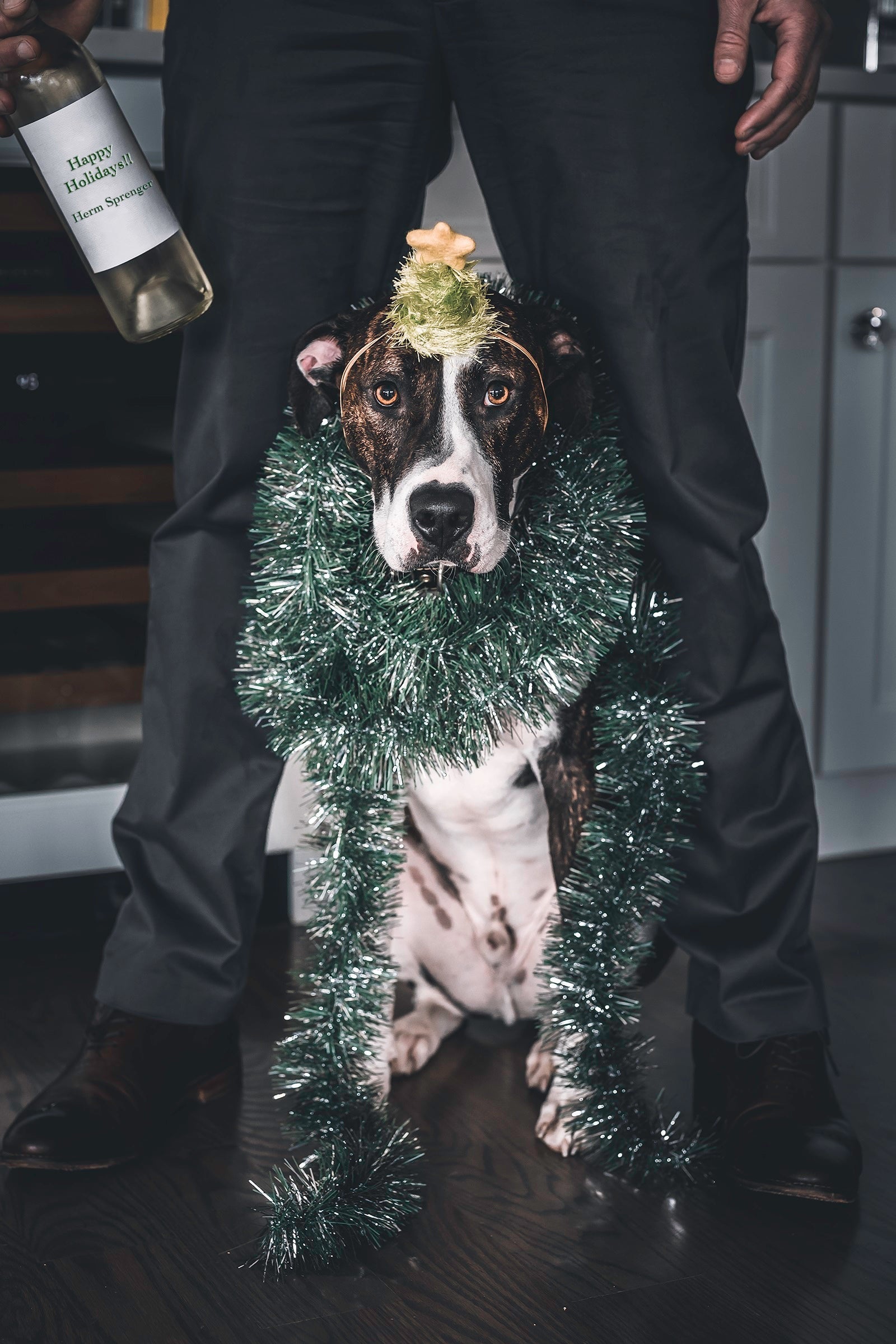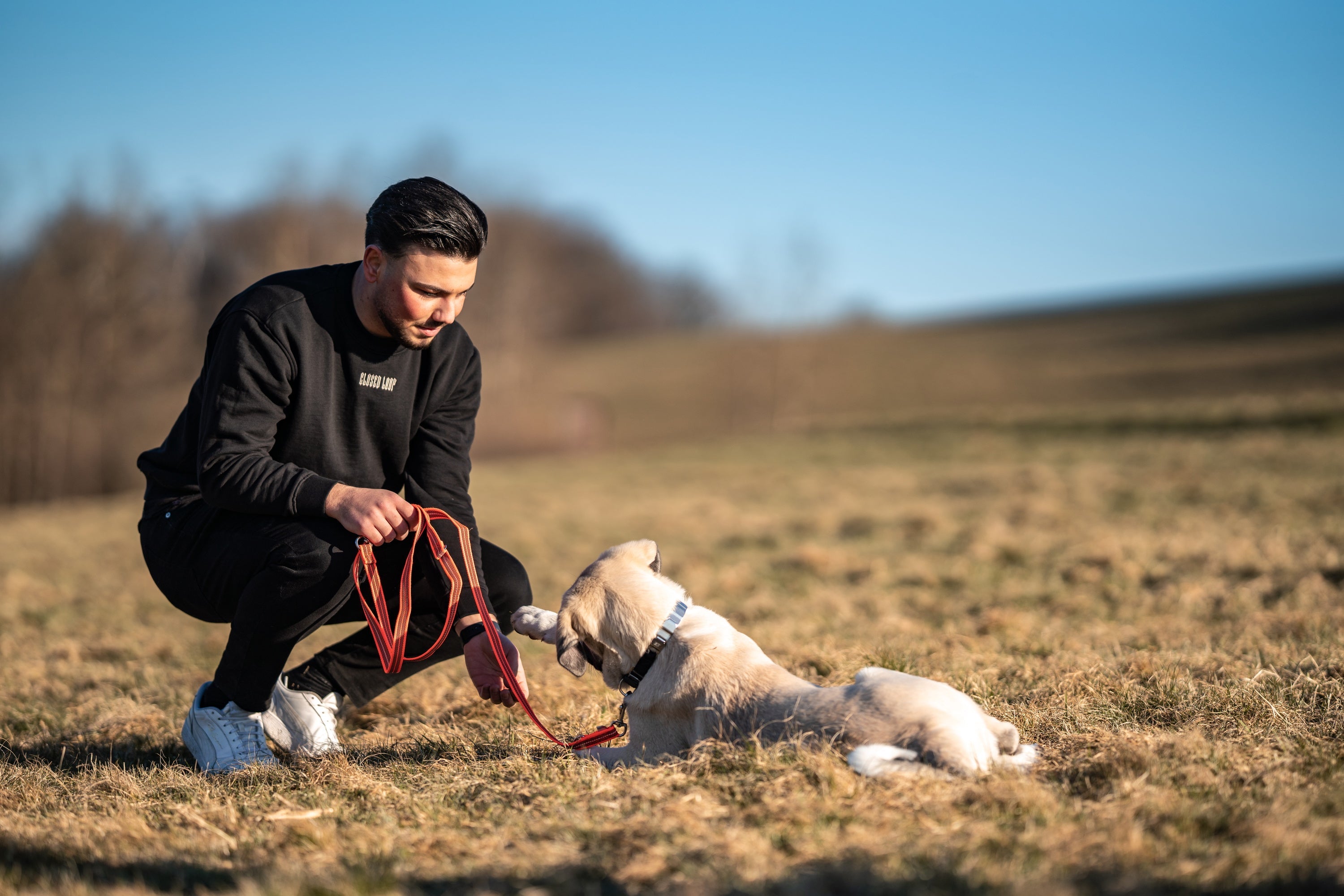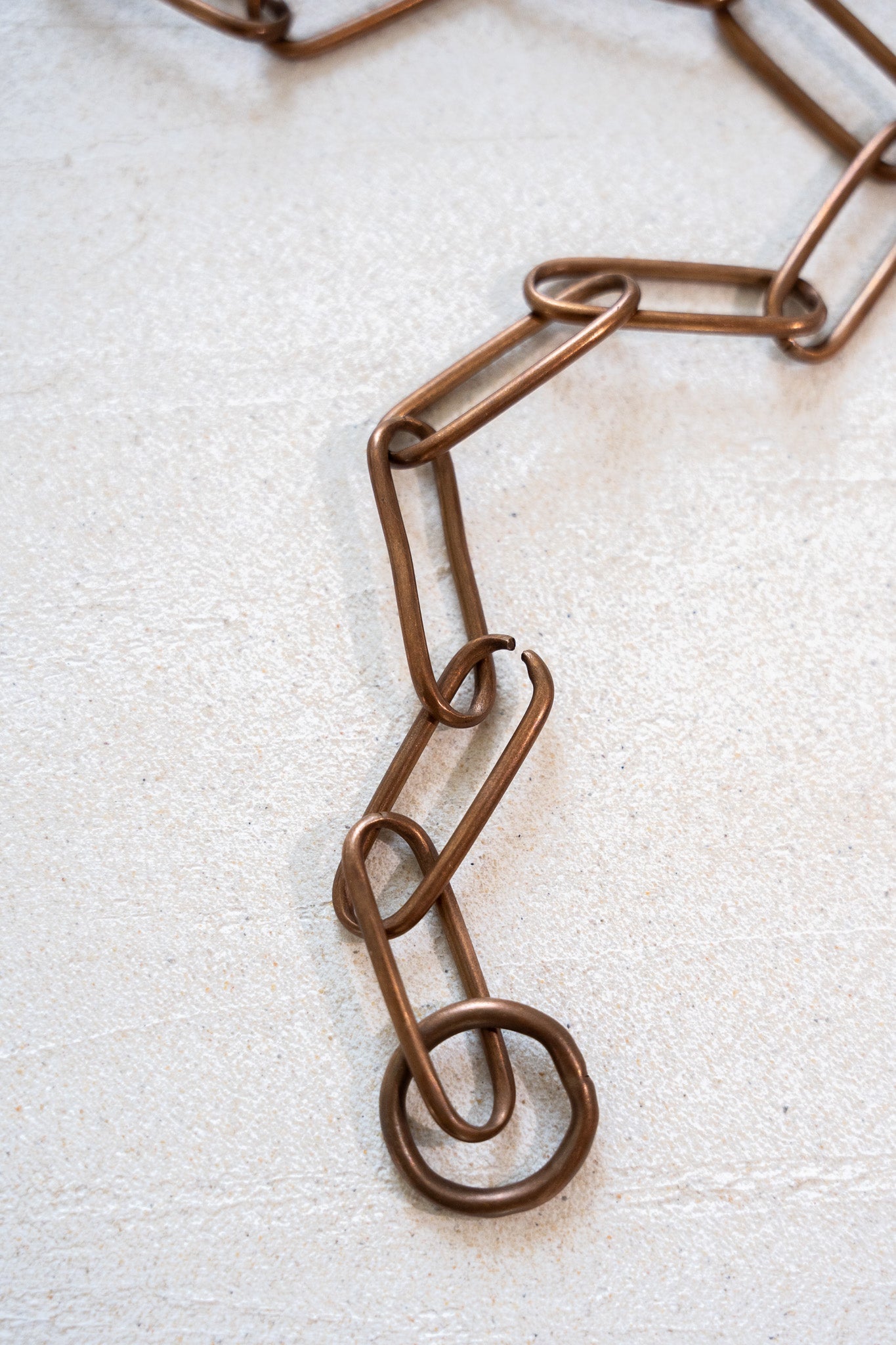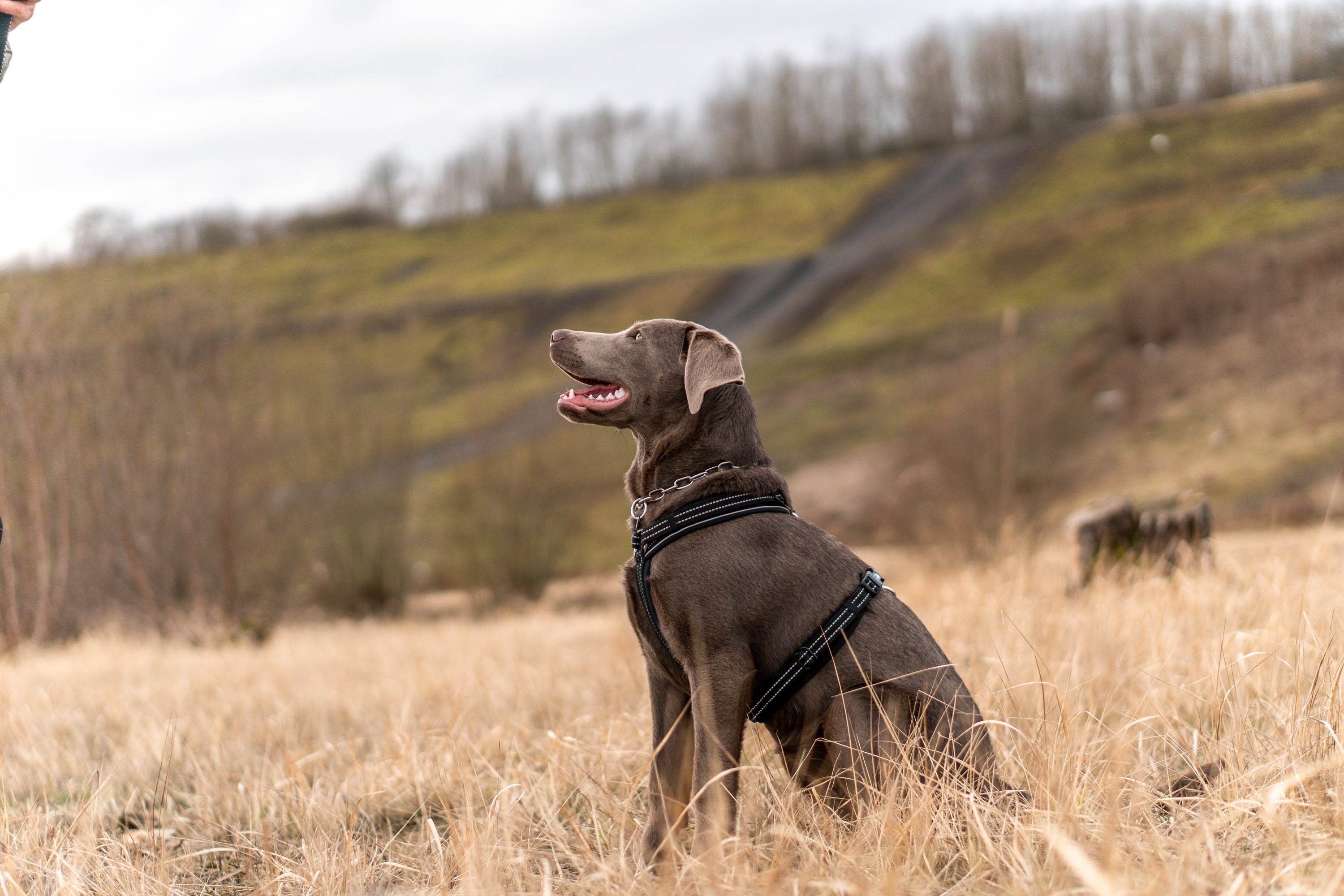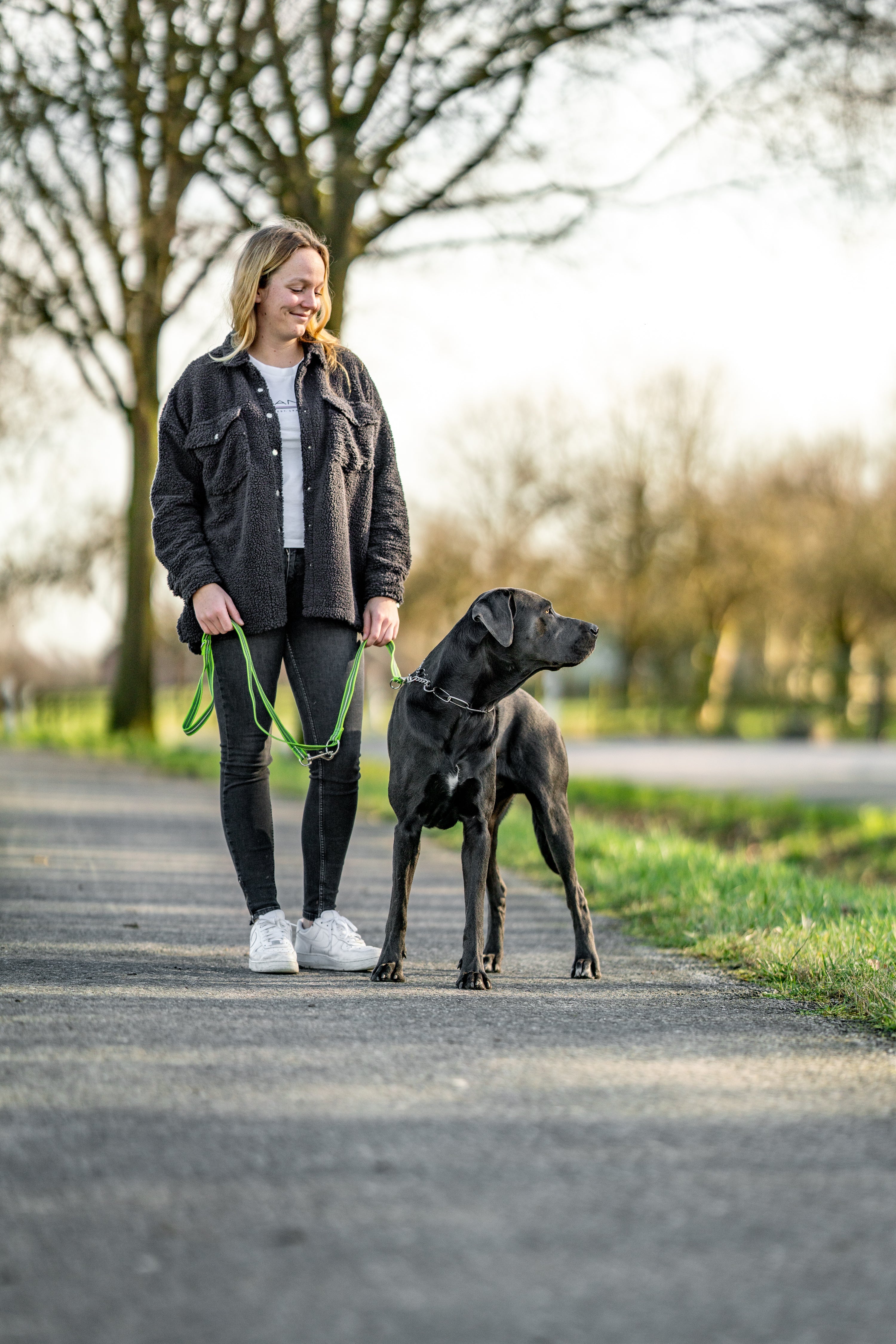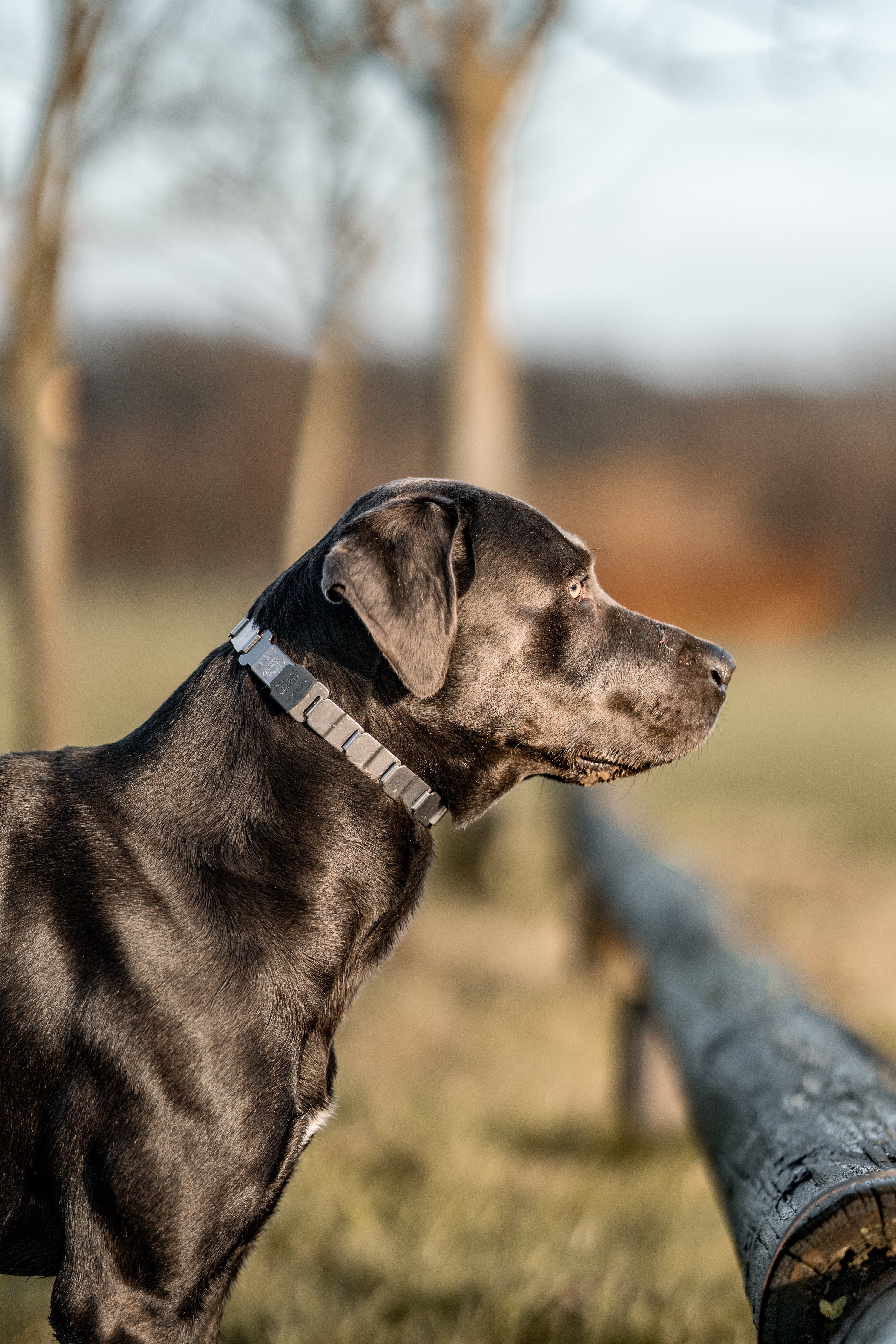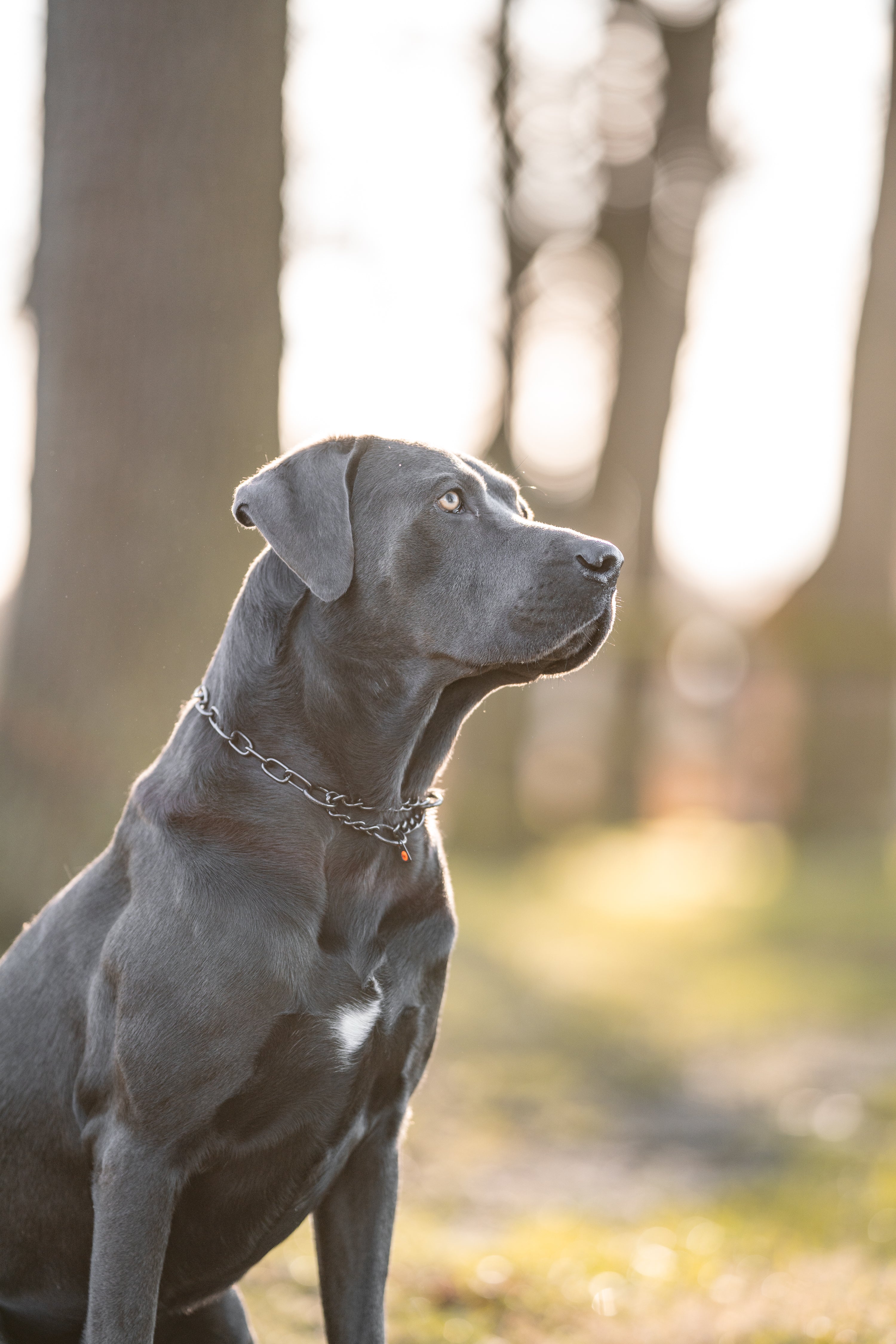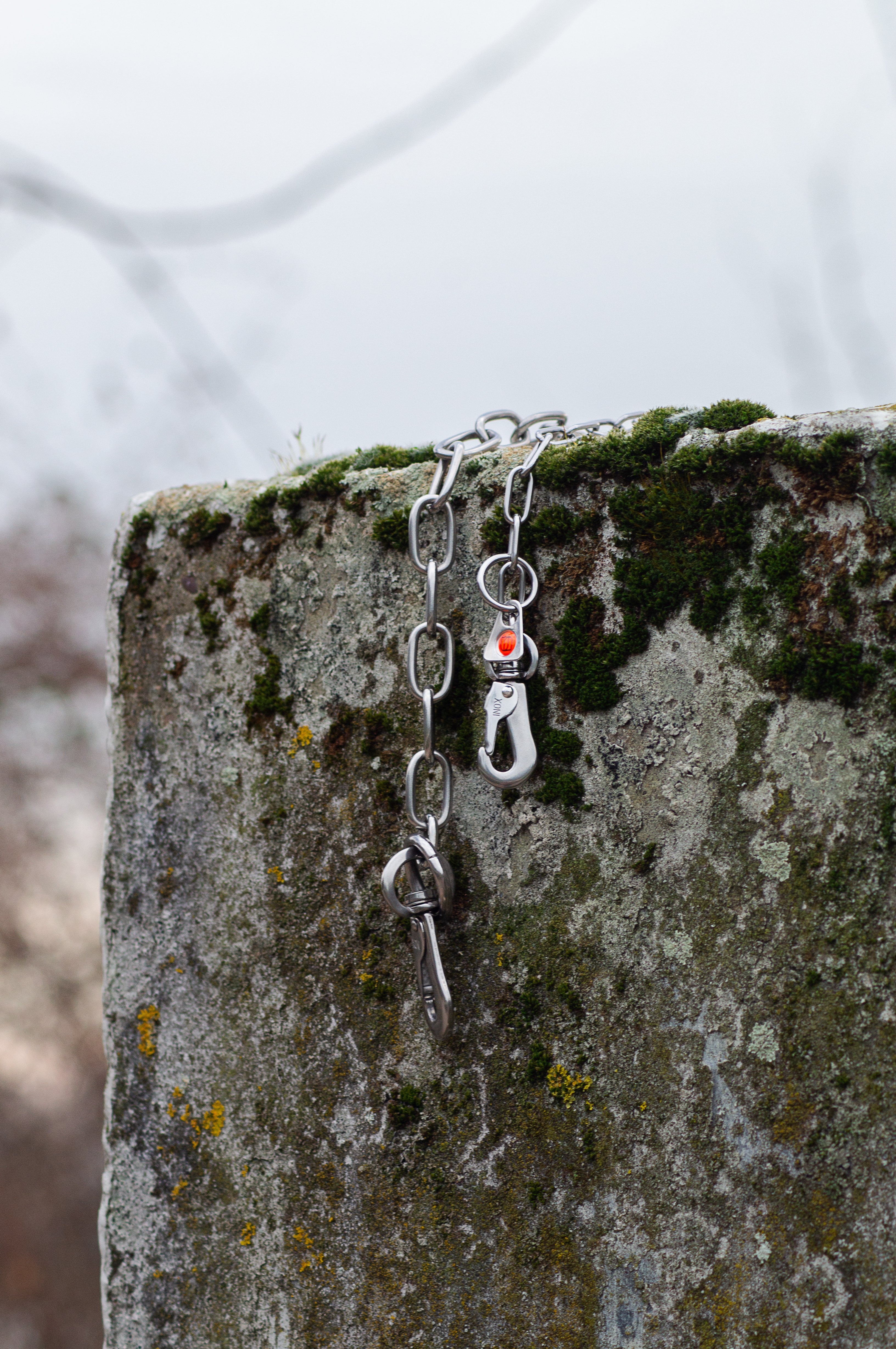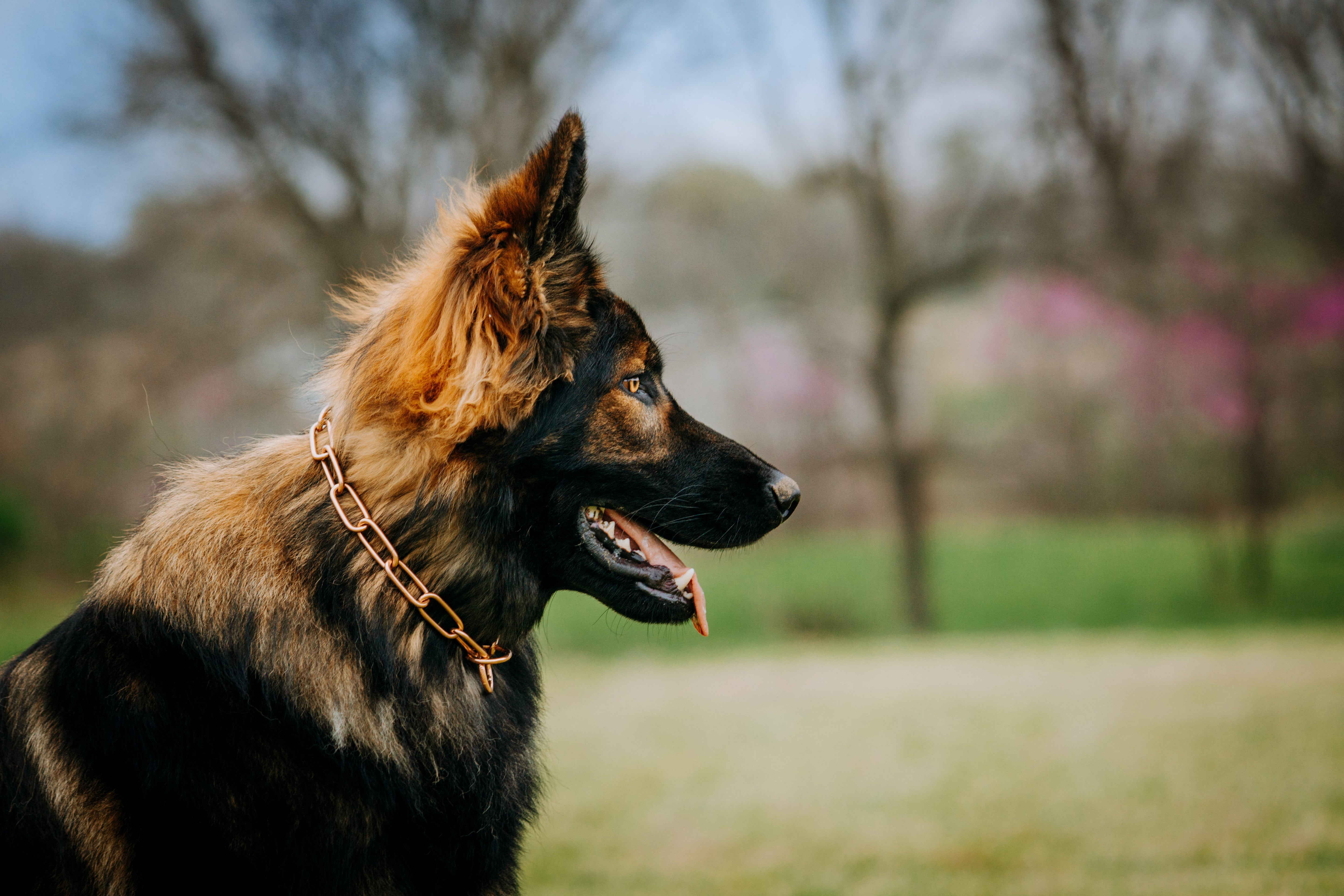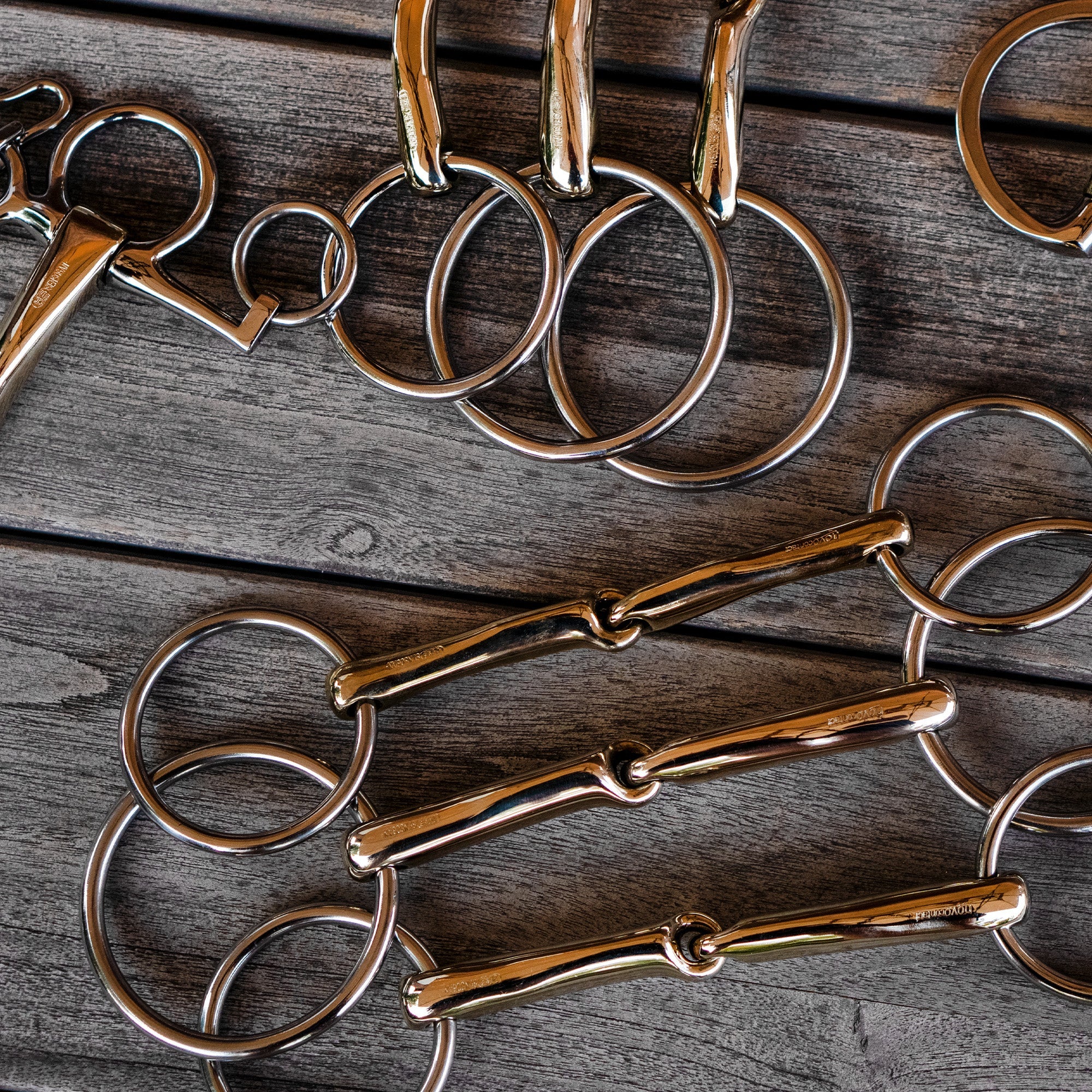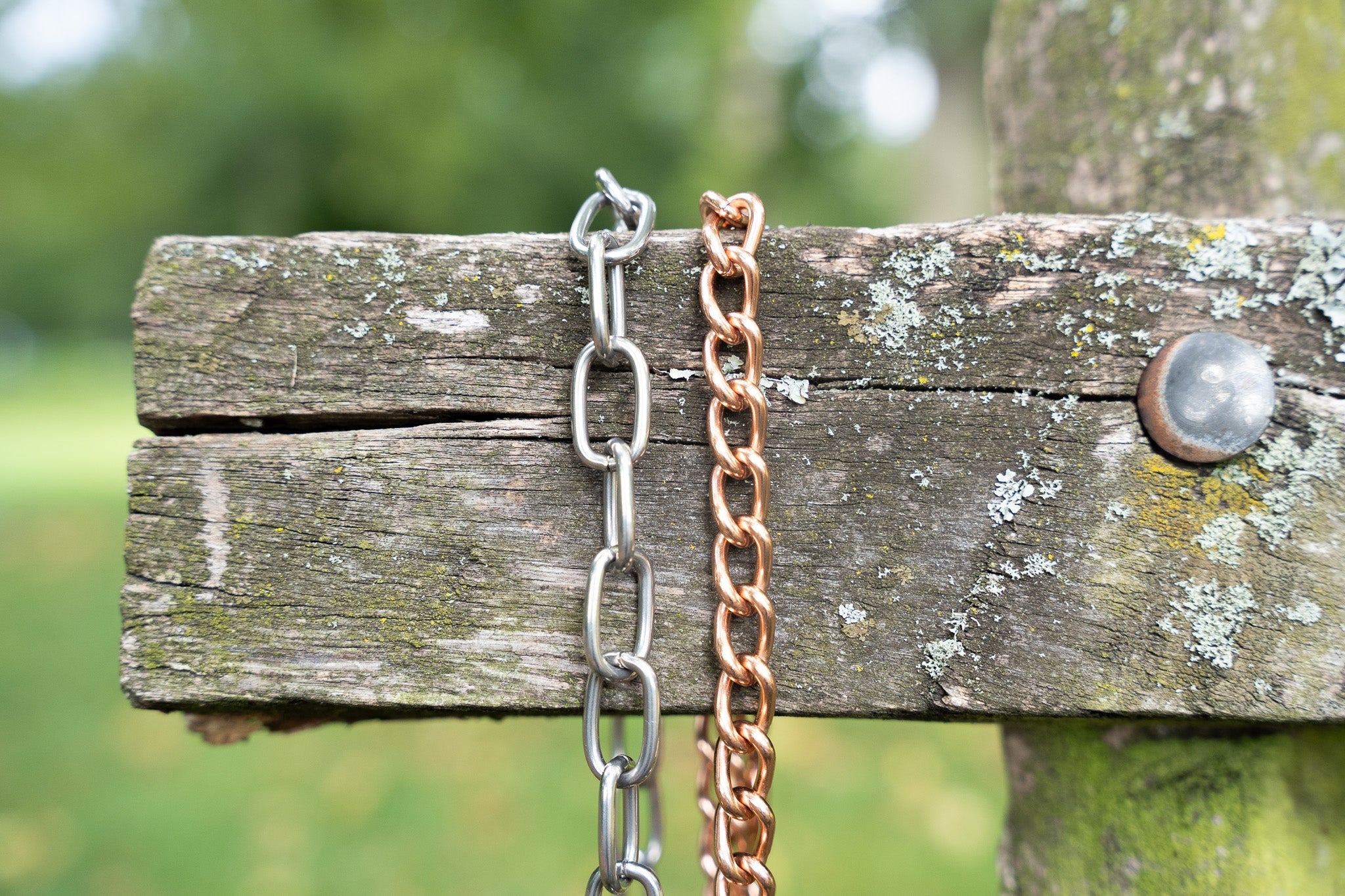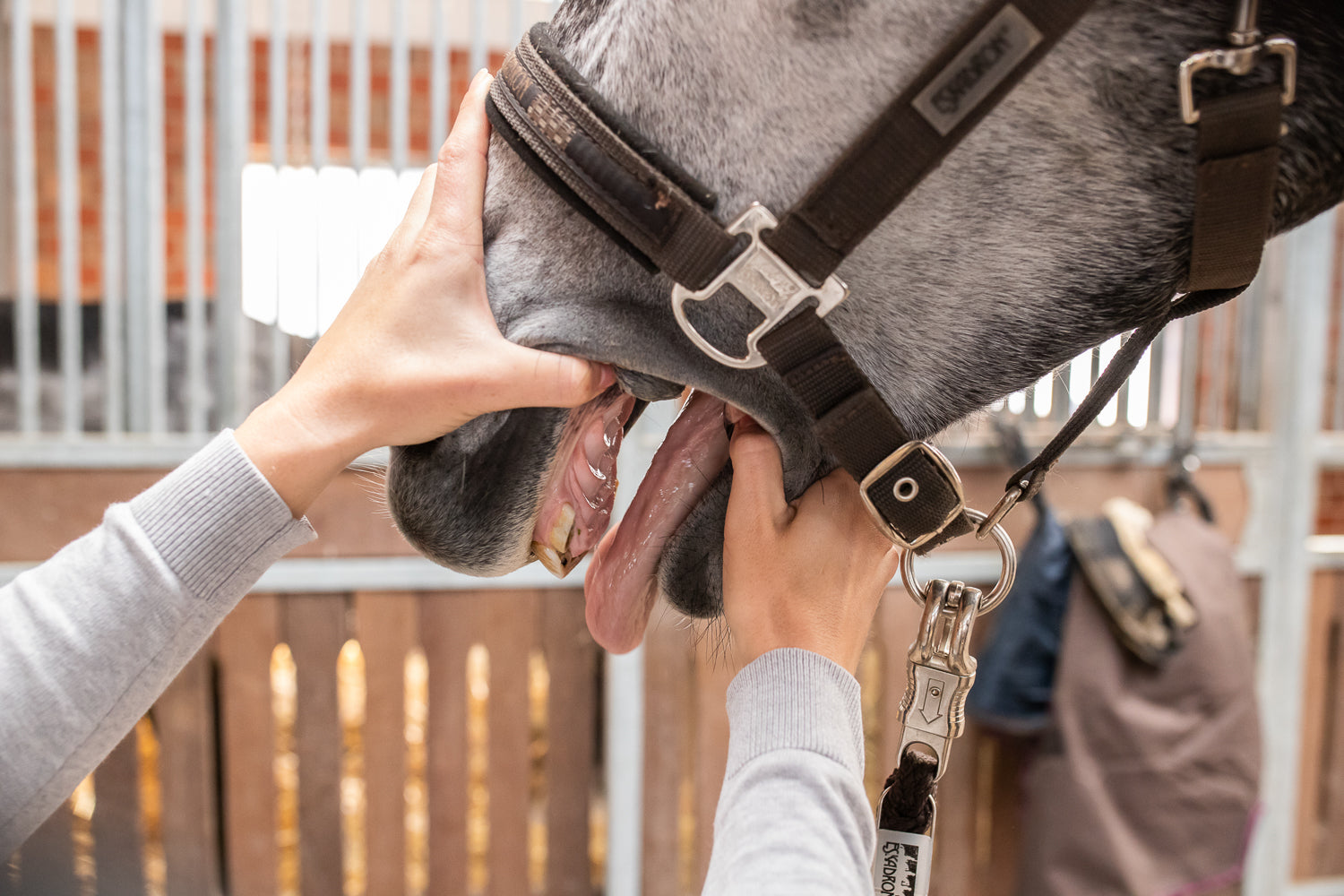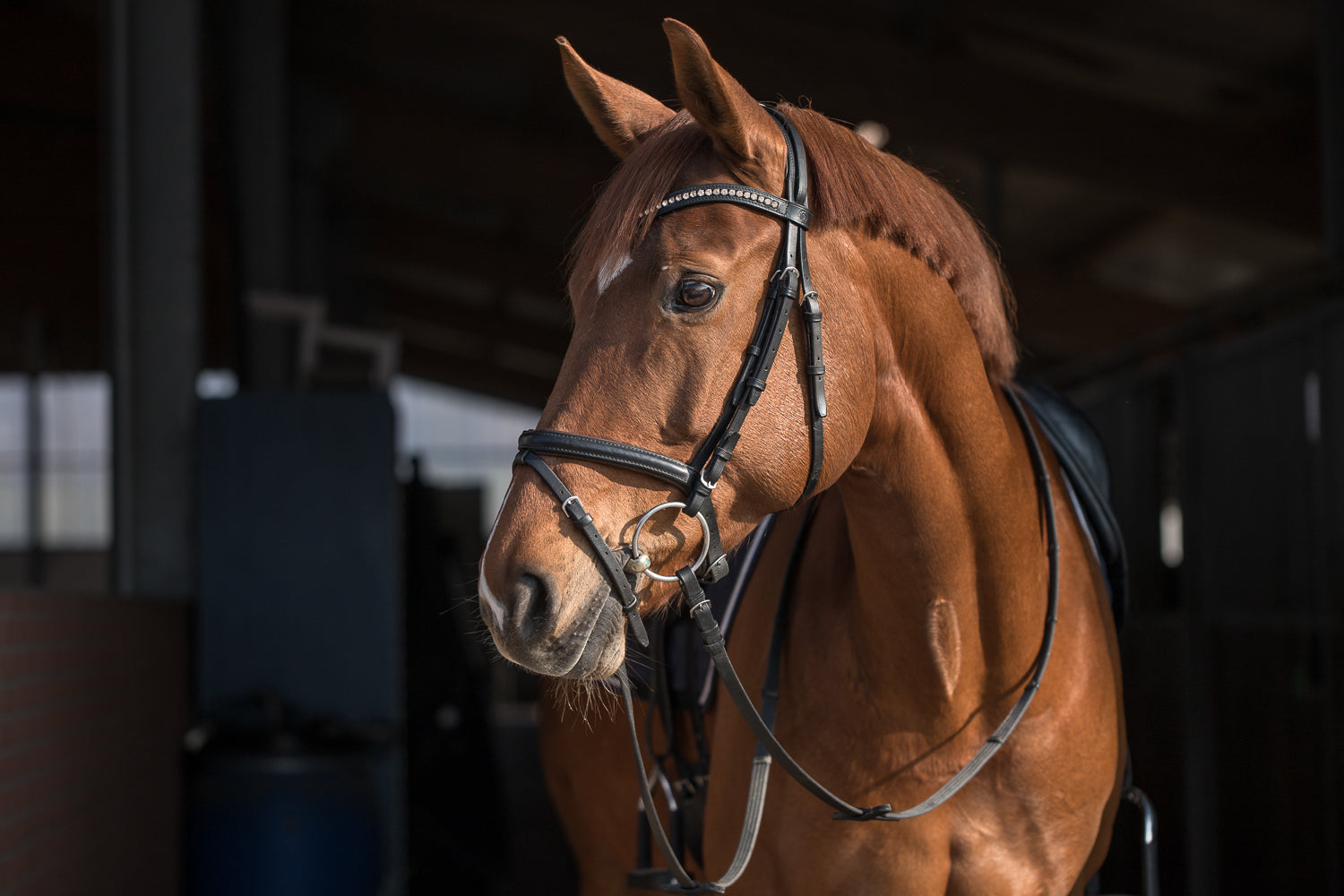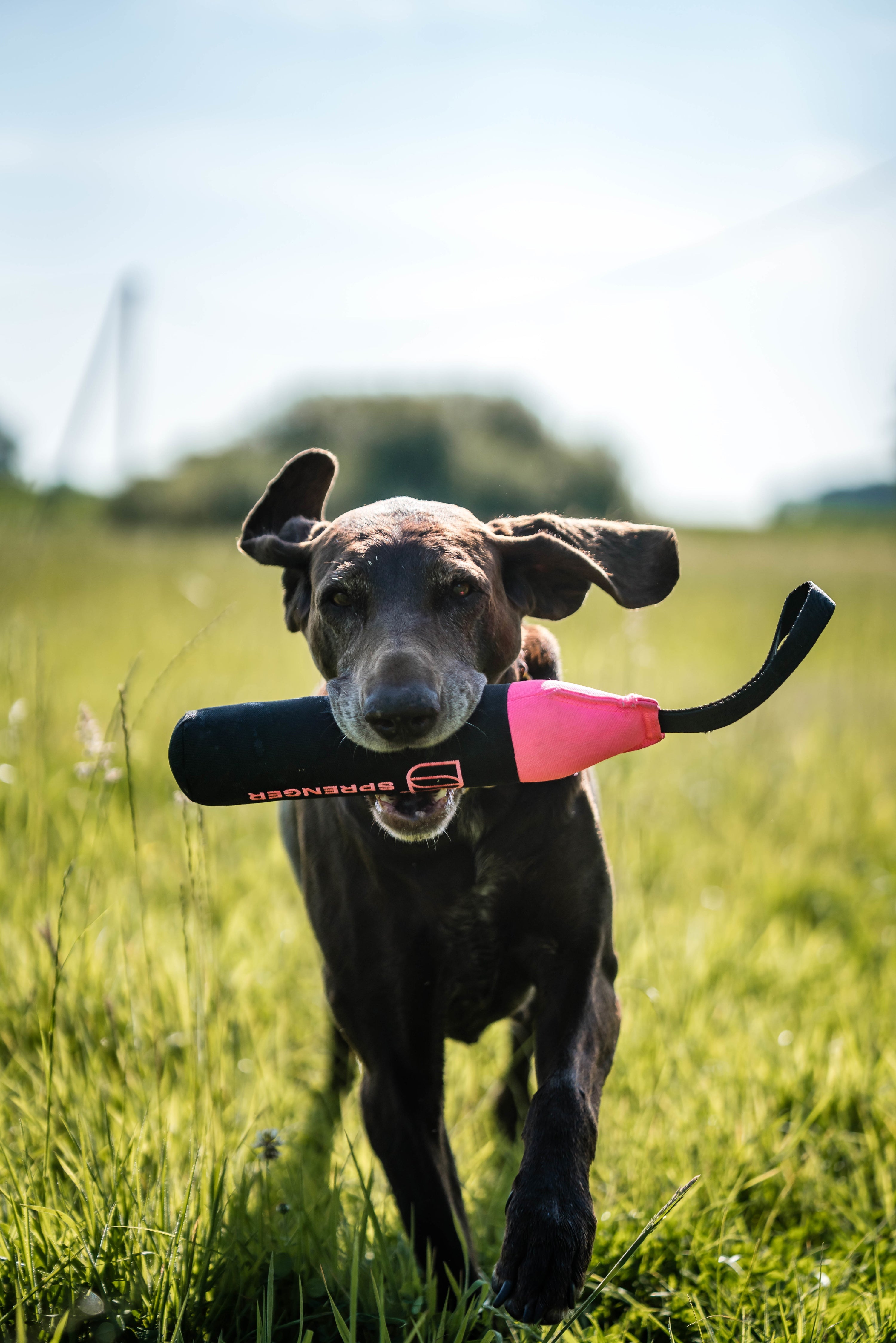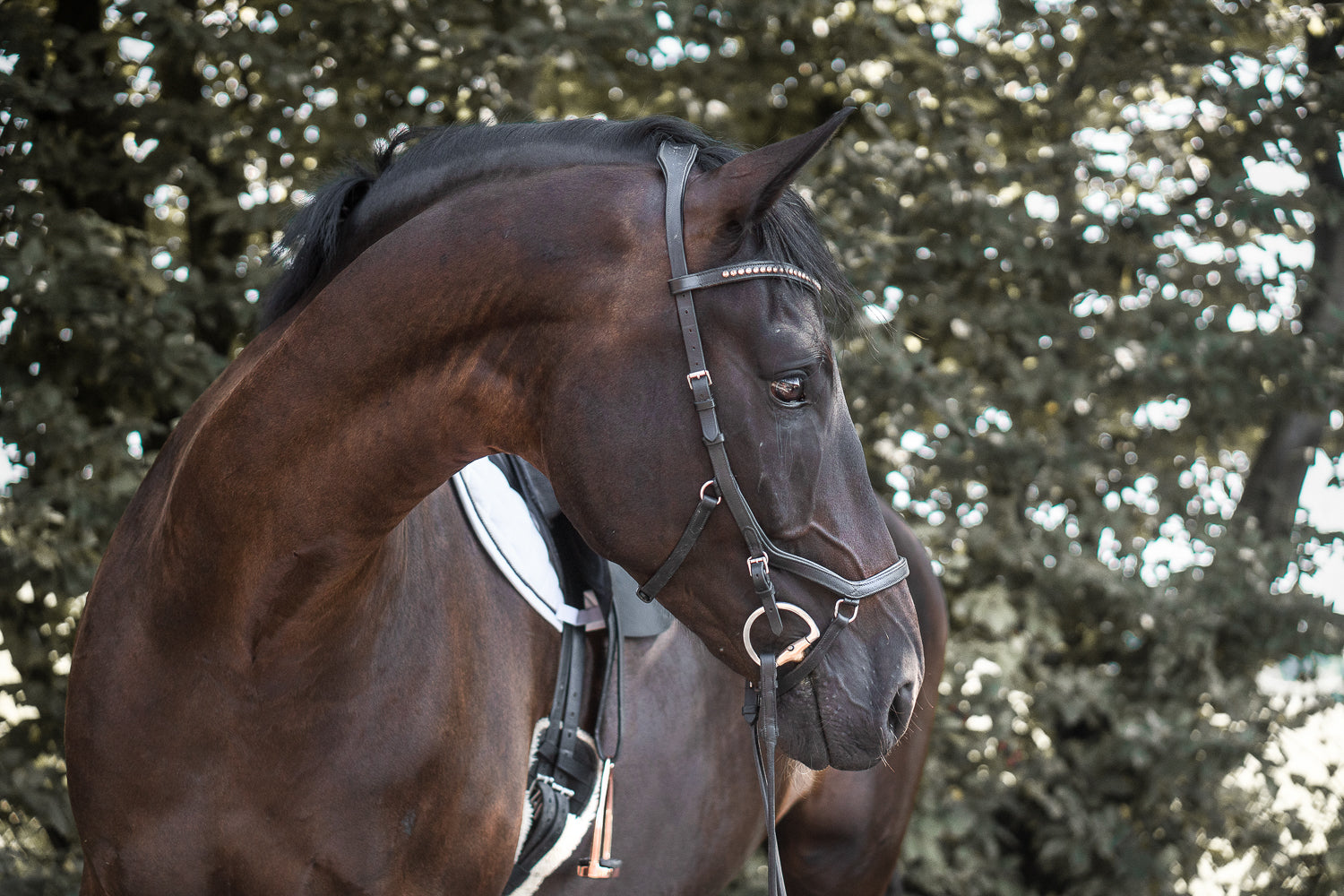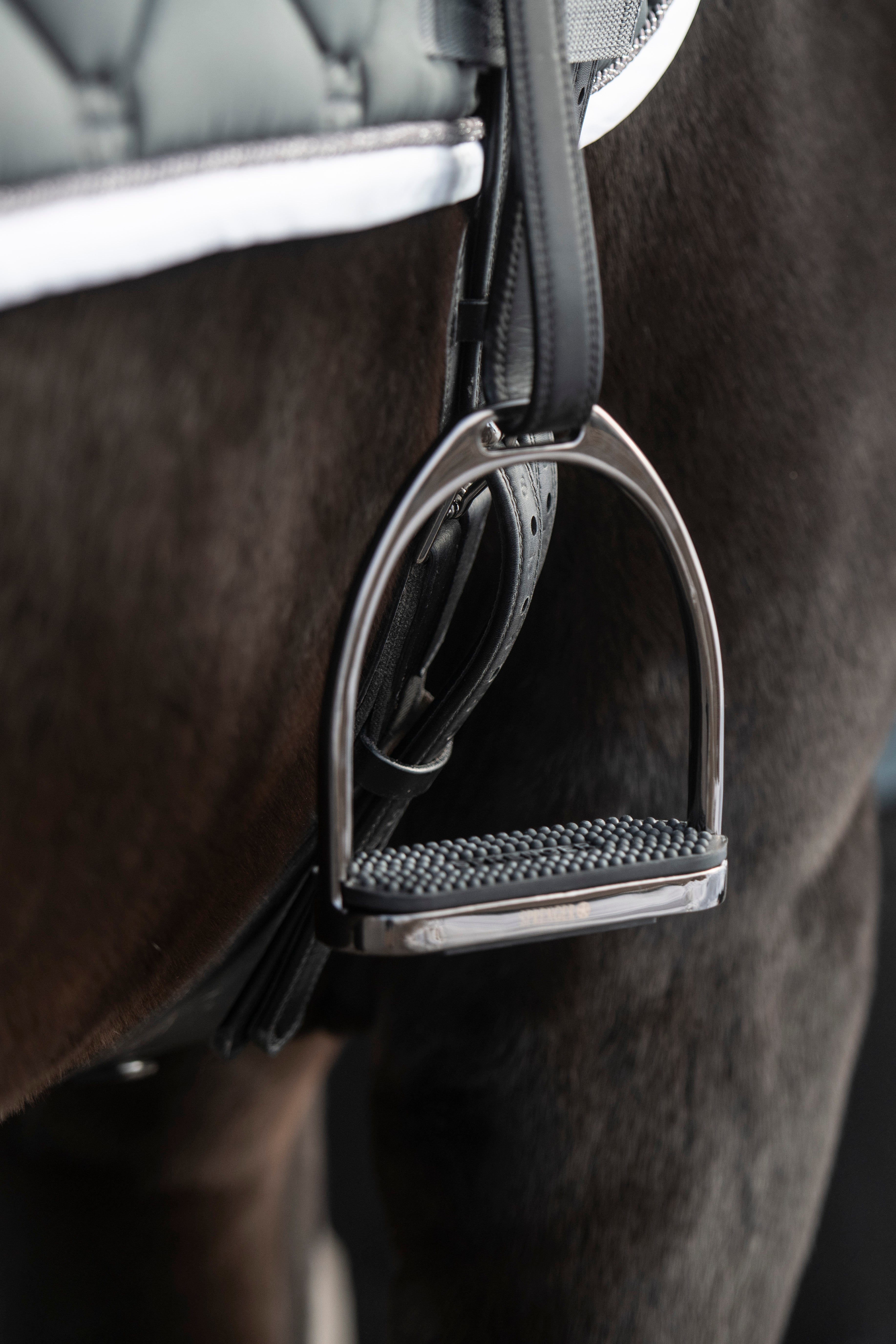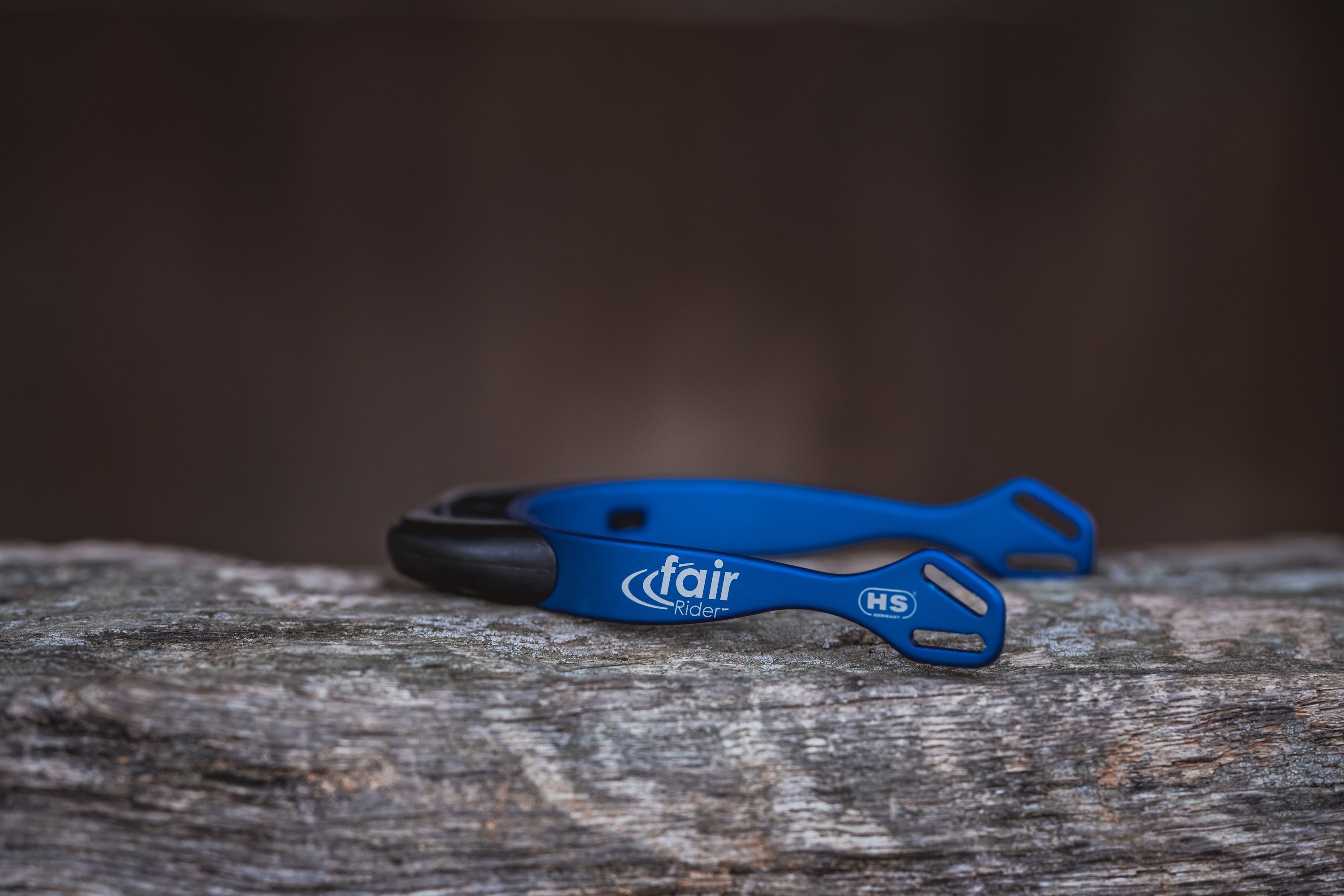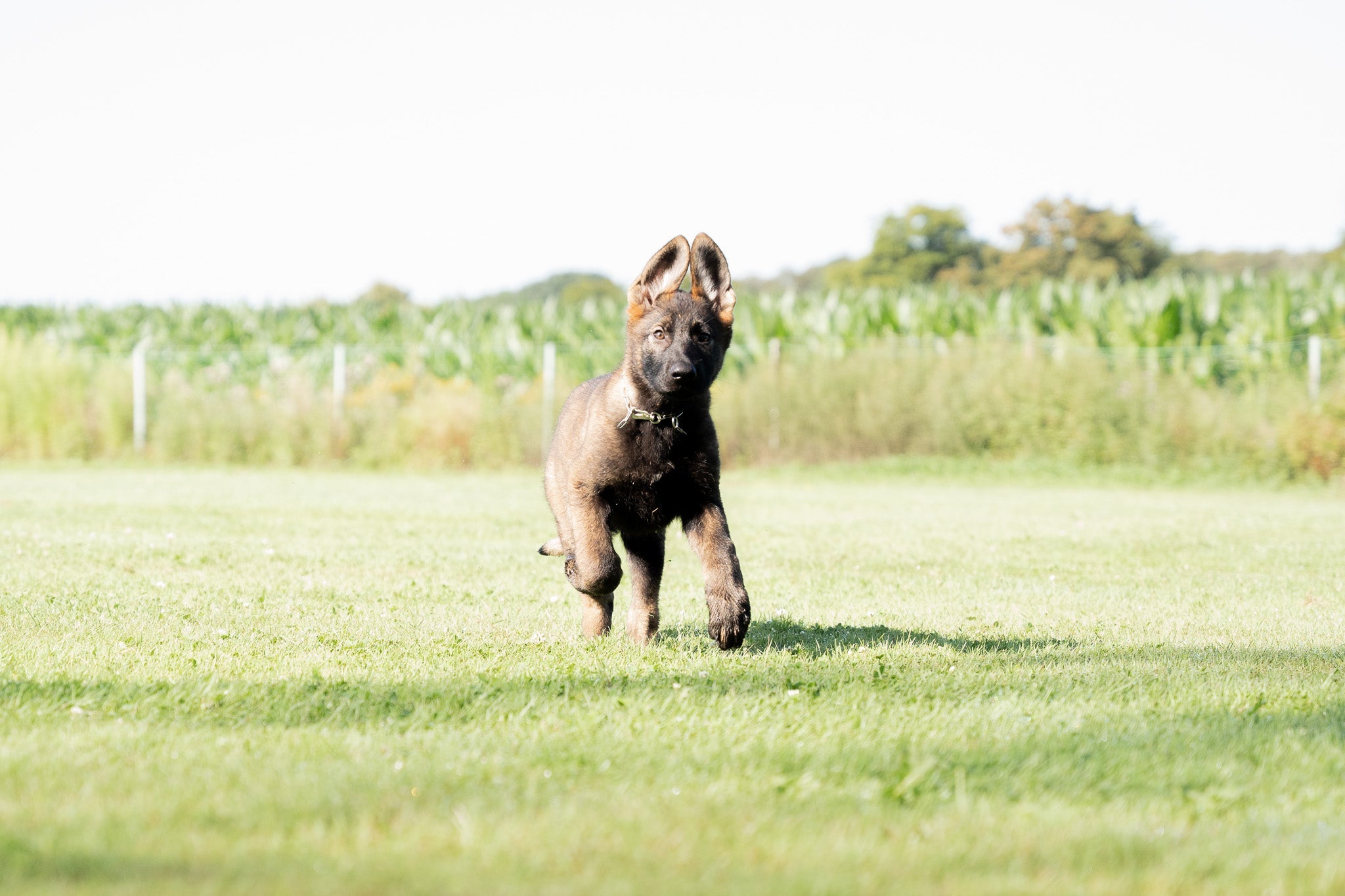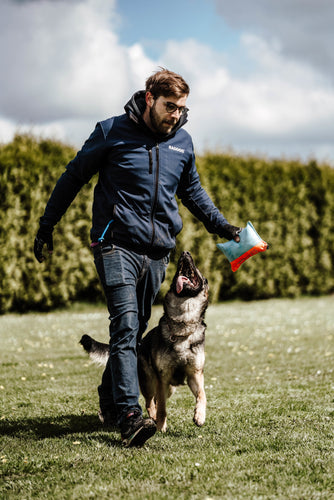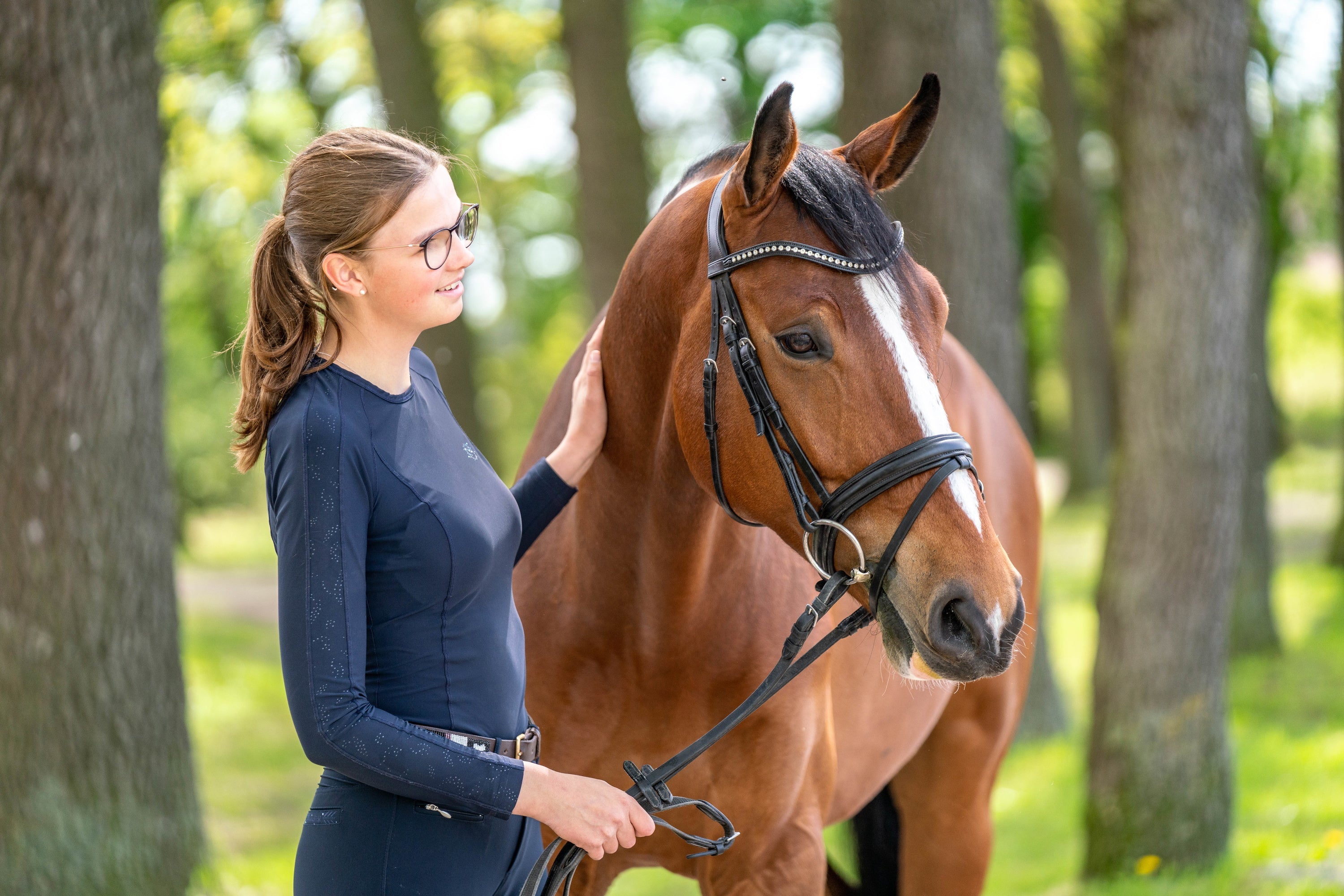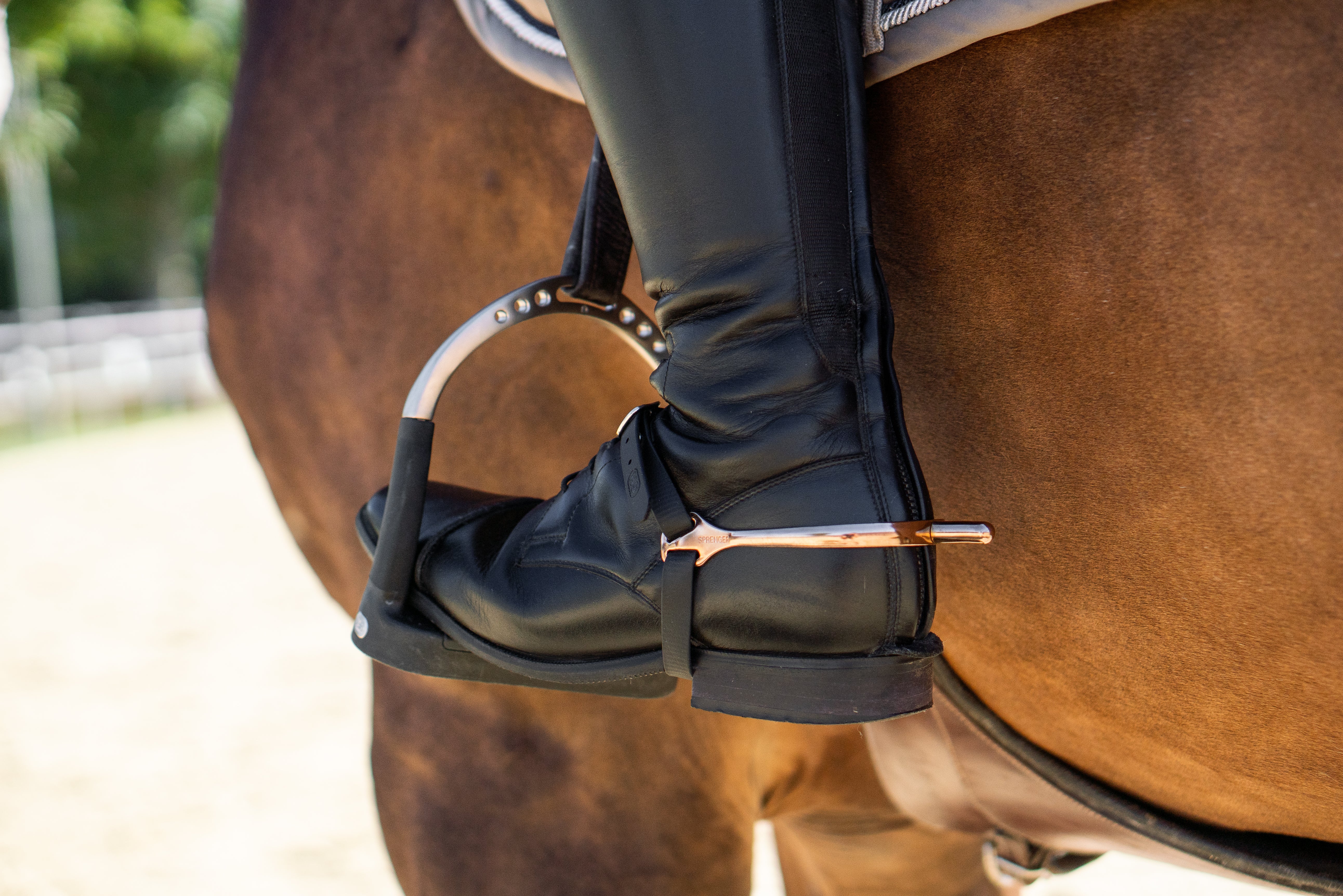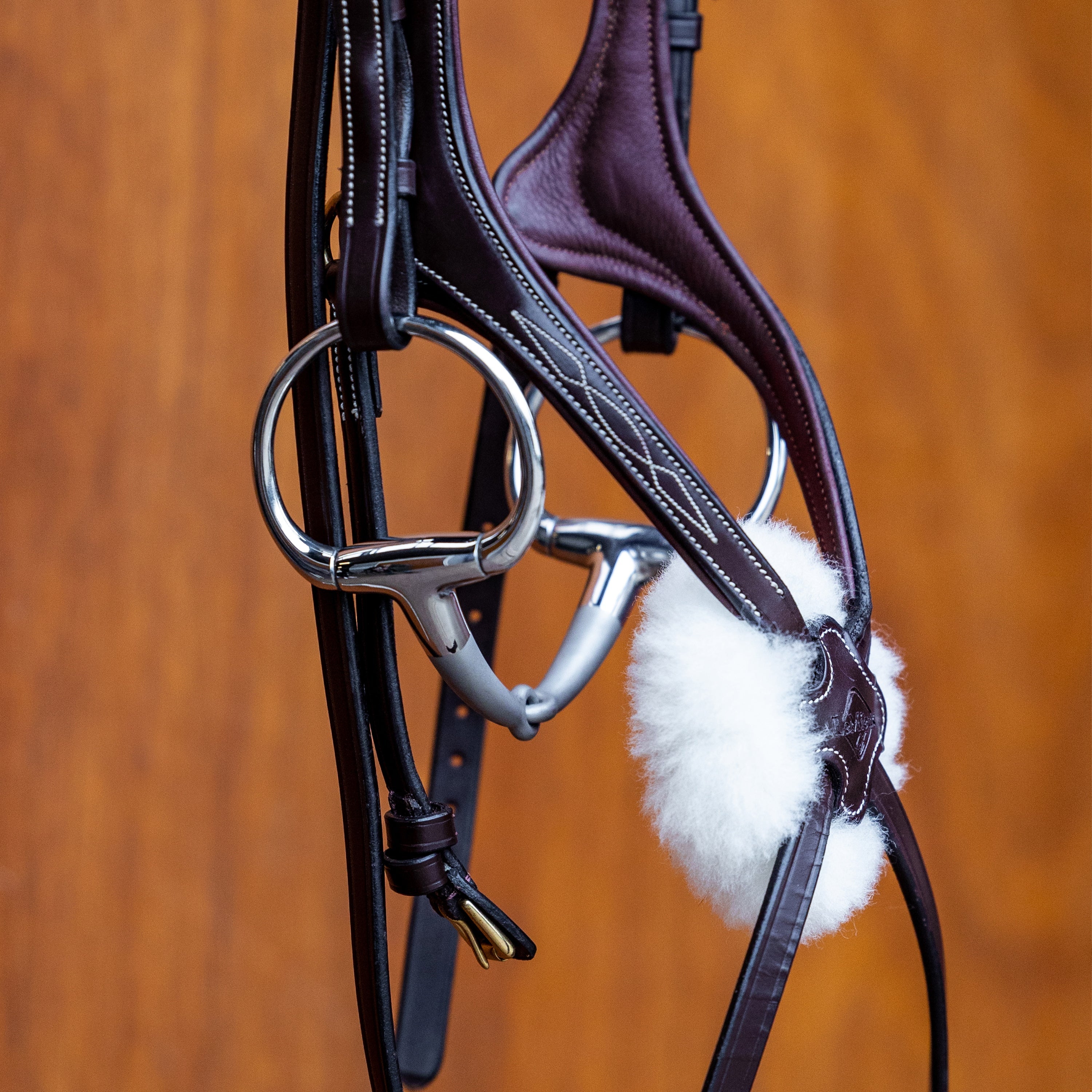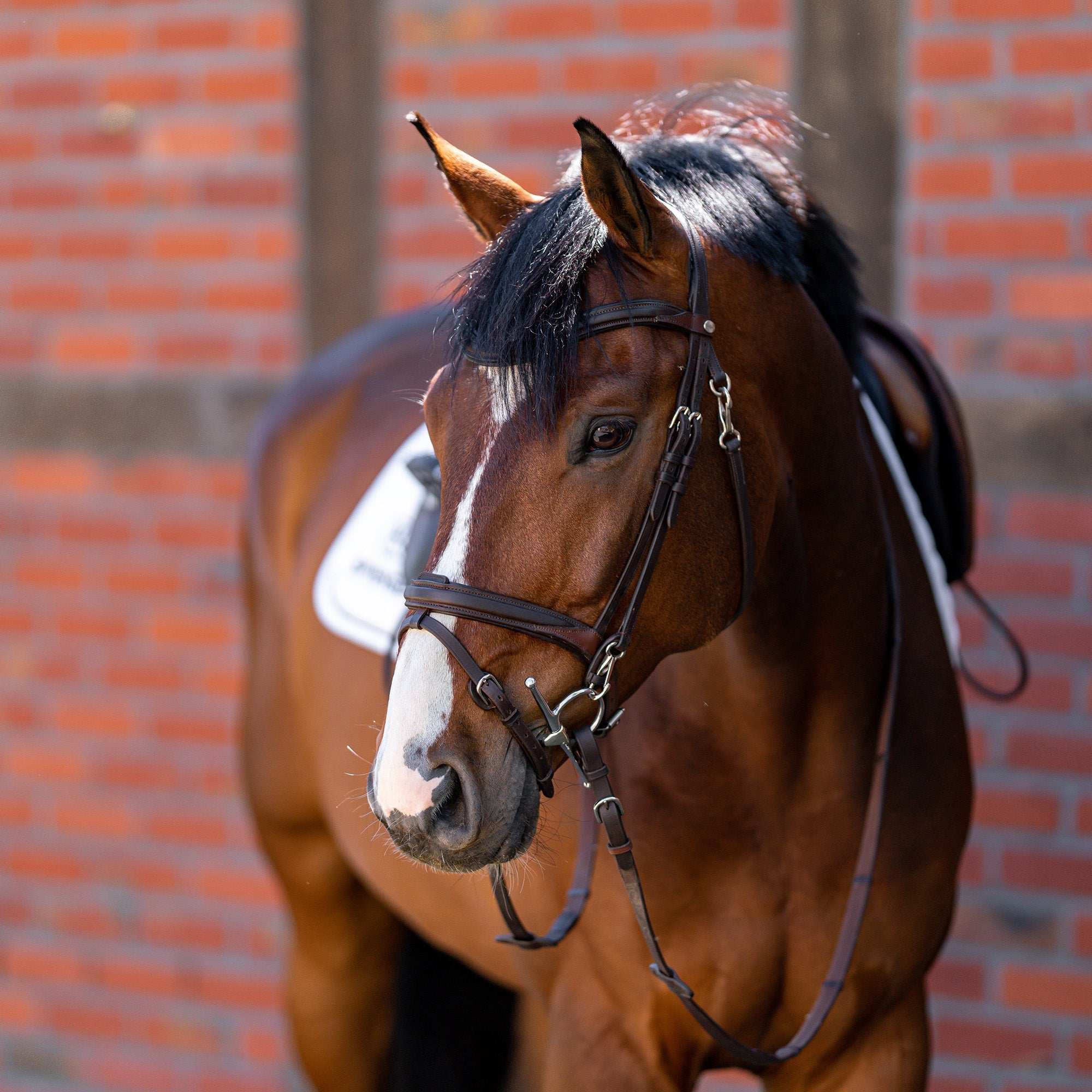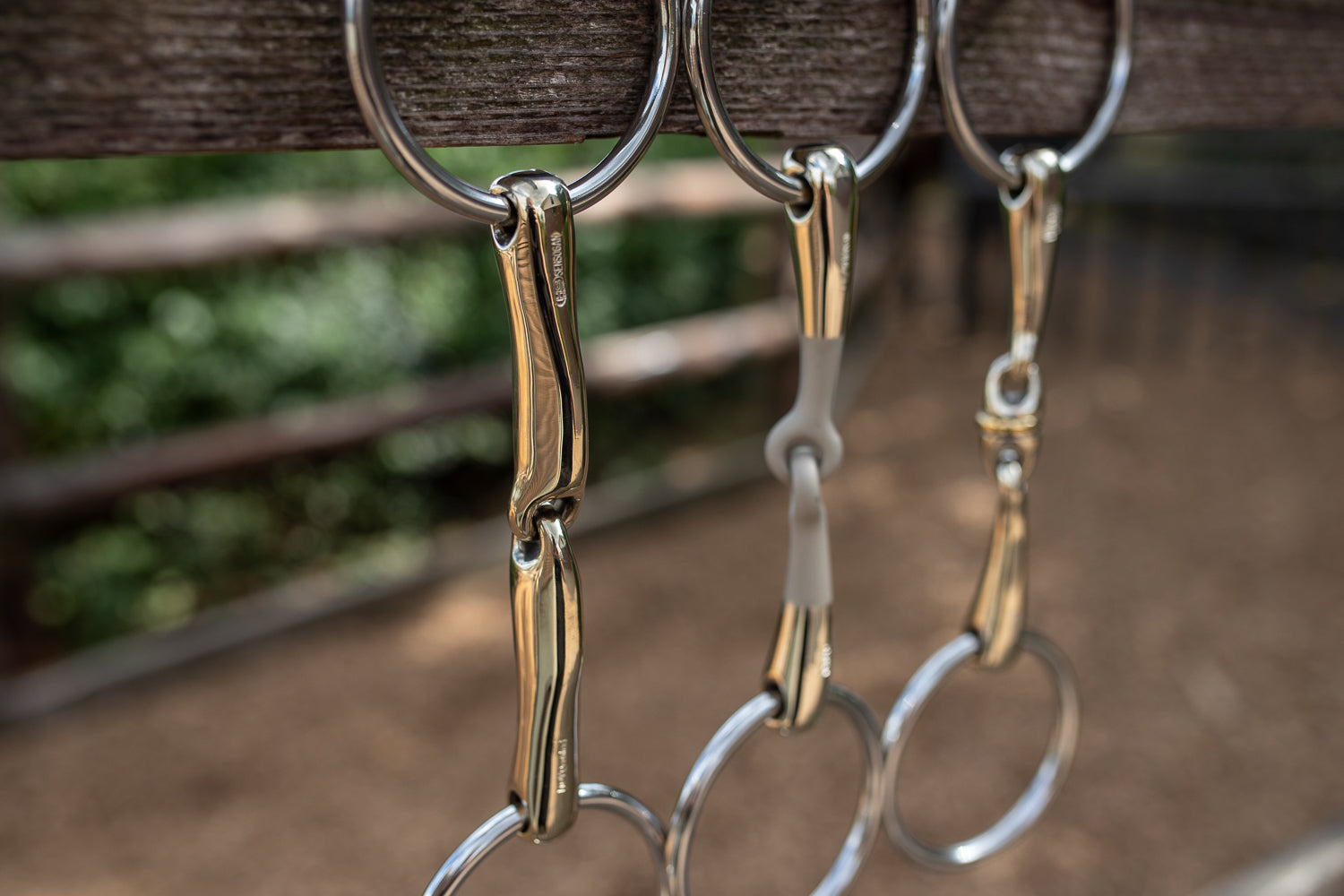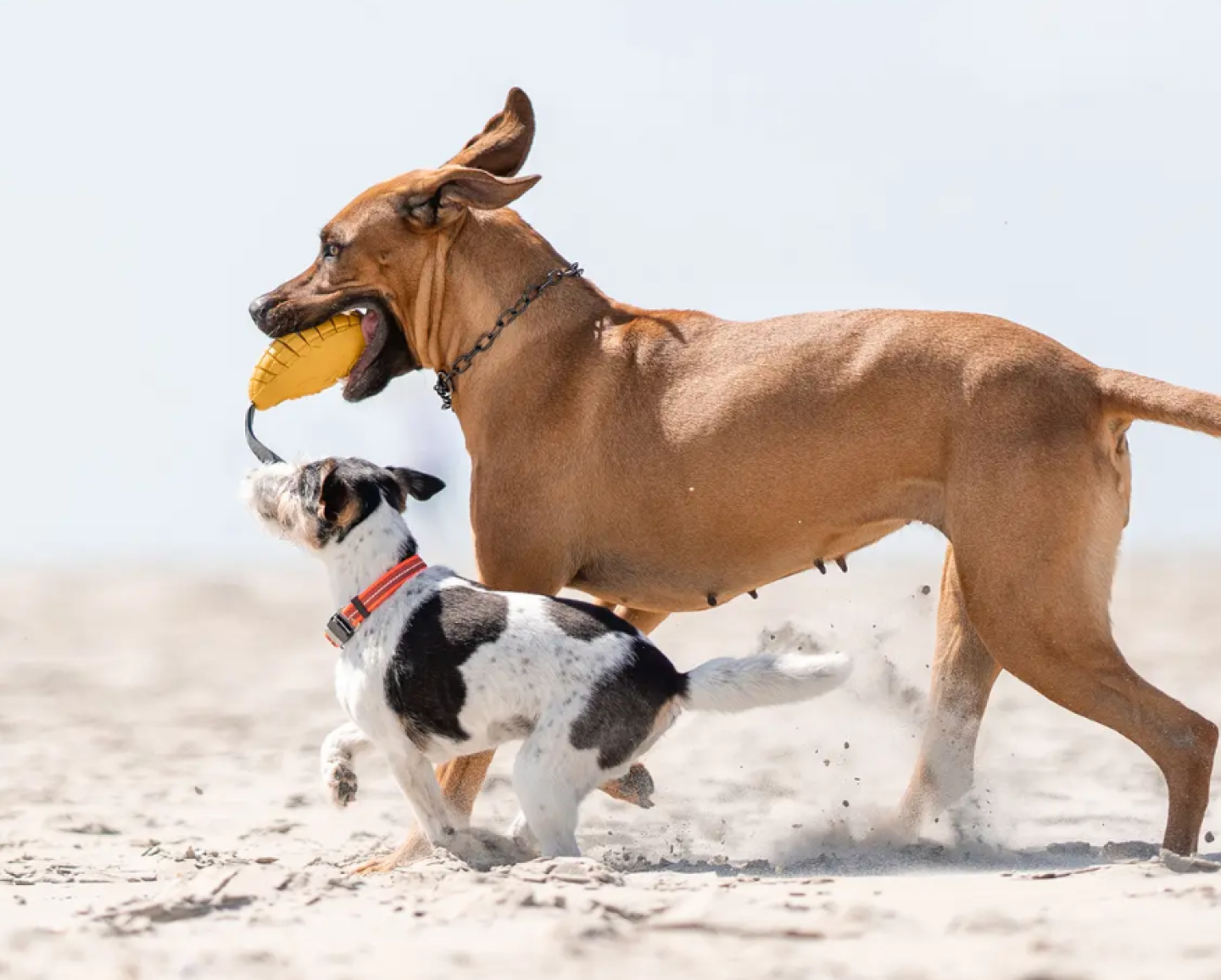If you would like to test a SPRENGER bit, it is best to contact your specialist store. Some of our specialist dealers offer a SPRENGER test center in their store, but you also have the opportunity to put SPRENGER bits through their paces online. Usually, our test centers are equipped with a large selection of models and sizes and can provide you with the best possible support in your search for a suitable bit.
Ideally, you will already know what size bit your four-legged friend needs. To do this, you can either simply measure the size of a suitable bit or you can use our bit width measure. Simply download it here, print it out and assemble it. You can find out more about finding the right bit in the corresponding blog post.
However, it may also be easier if you can find someone in your circle of friends or acquaintances, or at the stables, who can lend you a suitable bit for a few days. Again, make sure that the bit does not have any major scratches or damage that could be unpleasant for your horse.
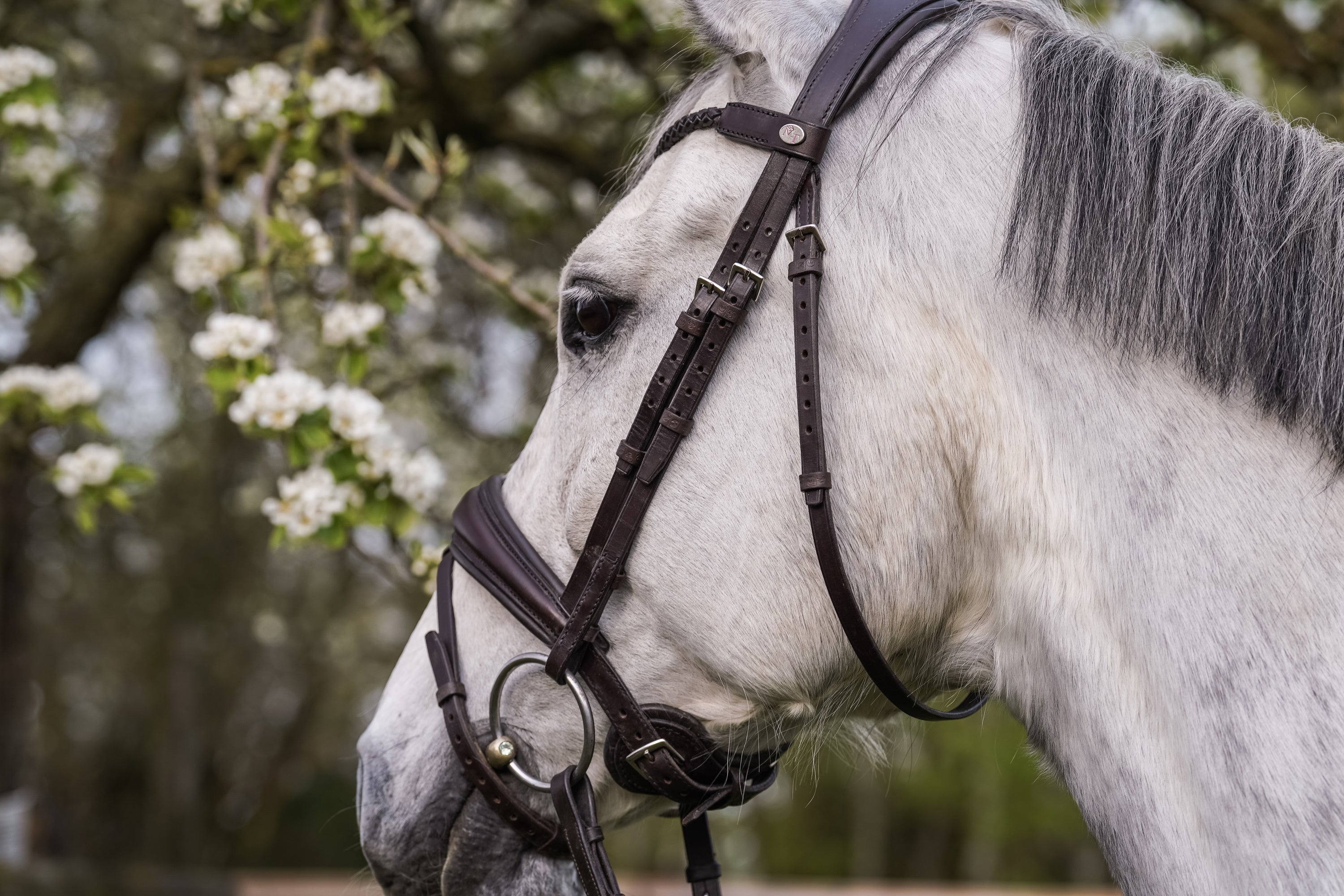
How long should I test a bit?
A new bit should be tested over a period of at least 3 days, 1-2 weeks is even better, as the horses often have to get used to the new mouthpiece first, so you can optimally assess the effect and acceptance.
SPRENGER bit fitting
A bit fitting on site by a SPRENGER employee is generally possible, but is ideally done in conjunction with a specialist retailer. The costs depend on the effort involved and the number of participants and the feasibility naturally depends on our time and personnel capacities. As part of events with our retailers, we have already been able to offer several on-site bit consultations, which have always been very popular. Furthermore, we offer seminars in cooperation with the FN, which are designed to train the eye for the right bit and offer opportunities for direct exchange. You can also find a series of films on YouTube in cooperation with the FN and we are also working hard on social media to explain in videos what is important with the various SPRENGER bit models and how to find the right bit for you. Of course, you can also simply send us a message at any time via the support button and we will help you with your search.
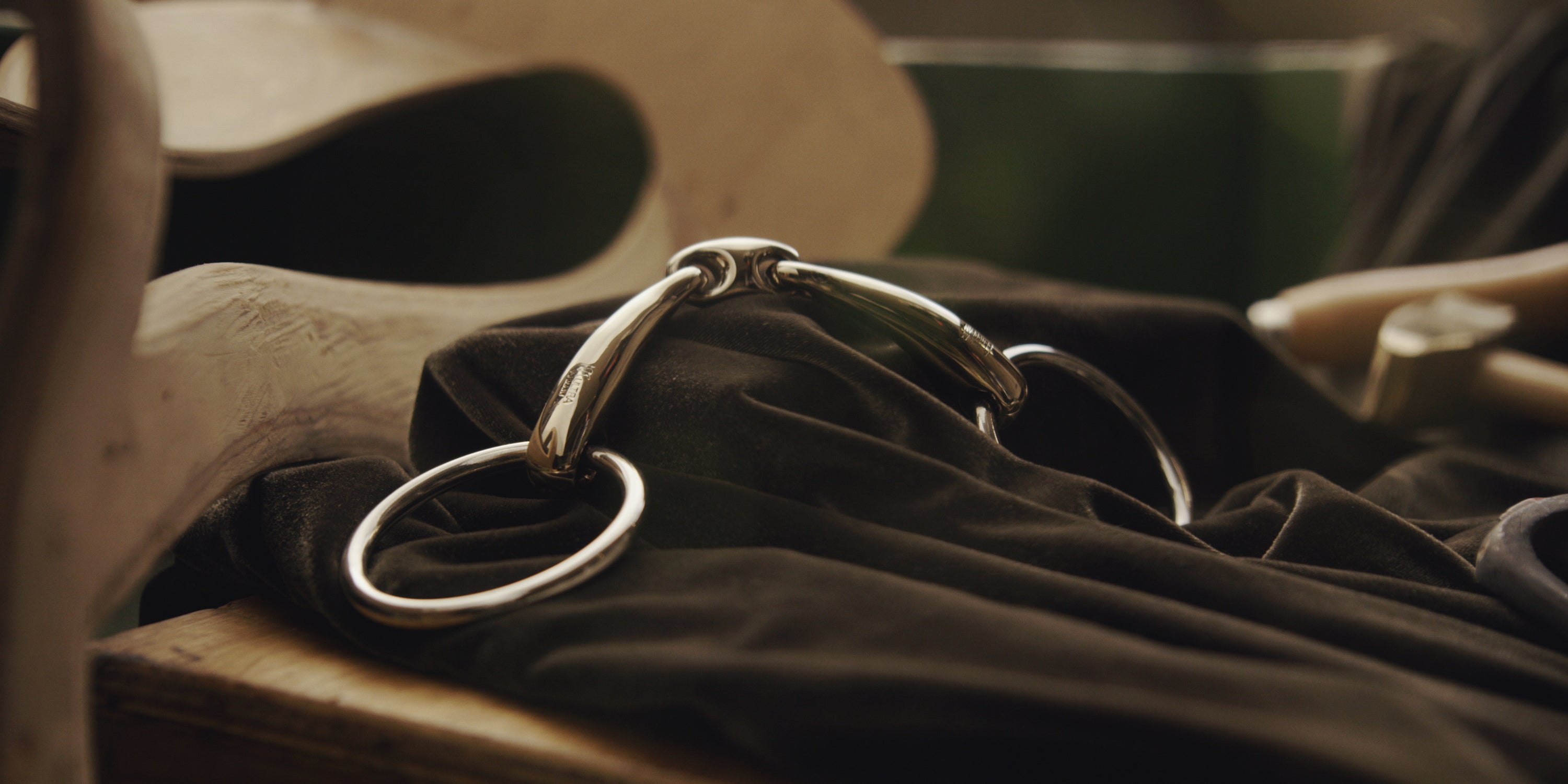
How can I tell if my horse likes the bit?
Our SENSOGAN bits are made from a special alloy of copper, manganese, and zinc. This makes the metal hard enough to make it suitable for a bit, at the same time the copper it contains provides a sweet taste due to its oxidizing ability, which promotes the flow of saliva and thus stimulates the horse's chewing activity. The high thermal conductivity of SENSOGAN also ensures rapid heating to body temperature, which ensures better acceptance of the bit. Our SENSOGAN material therefore has a major influence on the acceptance of the bit. Would you like to know more about our SENSOGAN? Then read on here: 'Chewing promoting SENSOGAN bits from SPRENGER'.
In addition to the right material, the shape is of course also decisive for the satisfaction of your sport or leisure partner. Whether your horse prefers a single or double jointed mouthpiece is often purely a matter of taste. A single jointed bit directs the pressure of the rein aid towards the edges of the tongue and relieves the middle of the tongue and is therefore popular with horses that find pressure on the middle of the tongue uncomfortable. Horses that prefer an even distribution of pressure are usually happier on a double jointed bit. If your horse needs some support when riding turns, you can try a bit with fixed side pieces, such as an eggbut bit or D-ring bit, to see if the lateral limitation helps. You can find more information on the different effects of the side pieces here: 'Which side piece should I choose?'
If your horse is happy with the bit, it will chew in a relaxed manner and seek the connection - it will approach the bit. Your rein aids reach the mouth correctly and your horse reacts appropriately. The corners of the mouth are not pinched and show no signs of injury. Head shaking, locking, curling up or leaning on the hand can of course also be caused by rideability problems or health issues, but can also indicate an unsuitable bit. After riding, it is also worth taking a look in the horse's mouth: any redness can indicate possible pressure points from the bit, which is often caused by a bit that is too thick, as the mouths of our horses have considerably less space than is usually assumed, according to studies by the Hanover University of Veterinary Medicine.
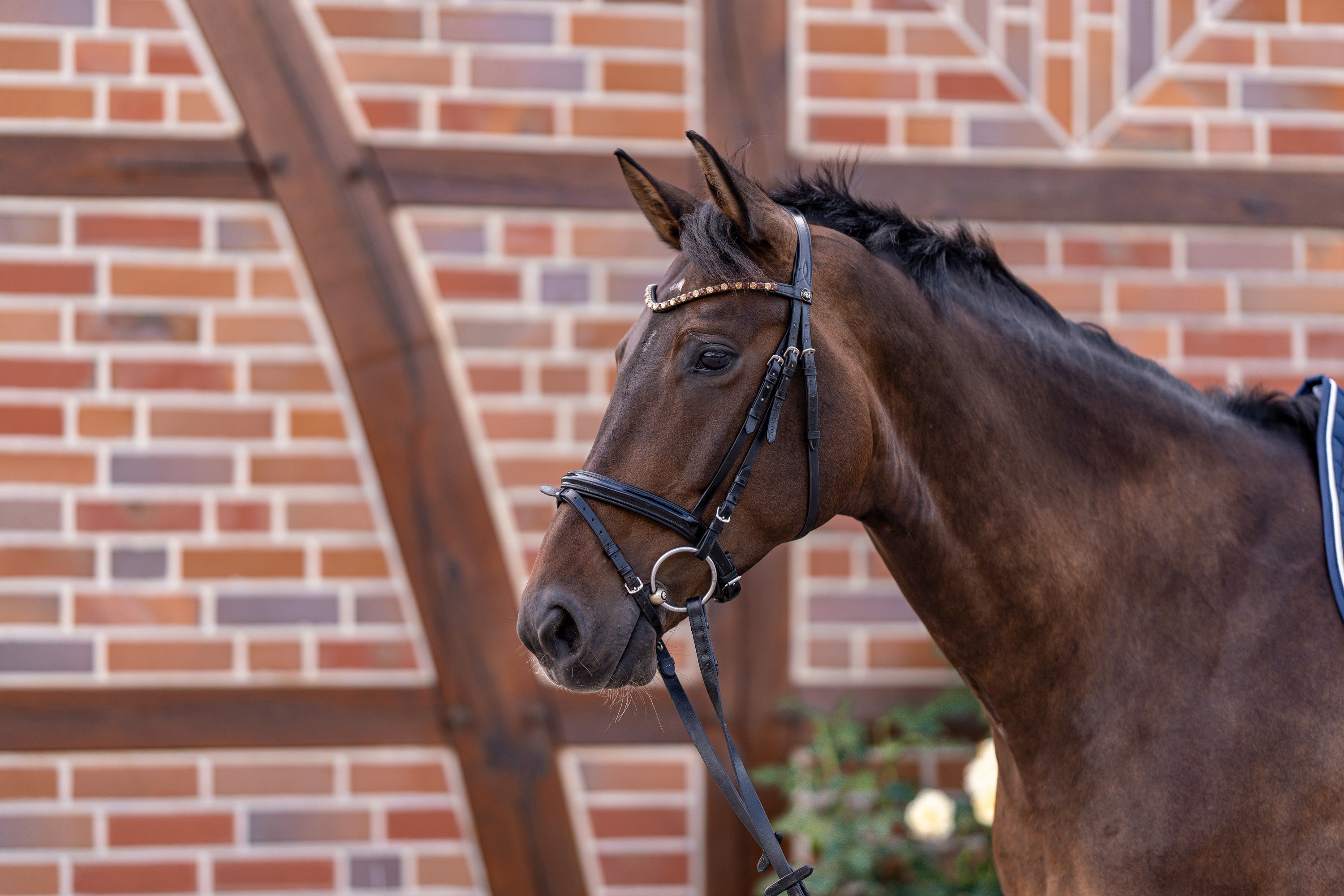
Correct buckling and fit of the bit
When testing a bit, always pay attention to the correct fit: For bits with loose rings, there should be a maximum of
on both sides to prevent pinching. Fixed side parts of eggbut, D-ring bits or full cheek snaffles should sit close to the corner of the mouth in order to be able to provide their laterally limiting effect. For horses with fleshy lips, you should make sure that the corner of the mouth is not pressed against the first molar by the bit. To avoid this, we tend to recommend straight bit shapes, such as the KK ULTRA or TURNADO bits, for horses with a lot of muzzle flesh.
There are also a few things to consider when buckling the bit. To assess whether the horse is happy with the bit, it is particularly important that the noseband and, if necessary, the flash strap are buckled correctly (2-finger rule) to allow a natural chewing movement. The crown of the bridle should be able to be easily slipped over the ears, otherwise the bit is buckled too high. You can tell if the bit is buckled too low if the cheek pieces flicker when the reins are taken up. As a rule of thumb, 1-2 folds should form in the corner of the mouth if the bit is buckled correctly. The best way to check the correct position is to feel the molars on the side of the horse's head in the direction of the horse's mouth. In the area where the molars end and the bit begins, there should be two finger widths of space between them to ensure that the bit does not touch the first molars.
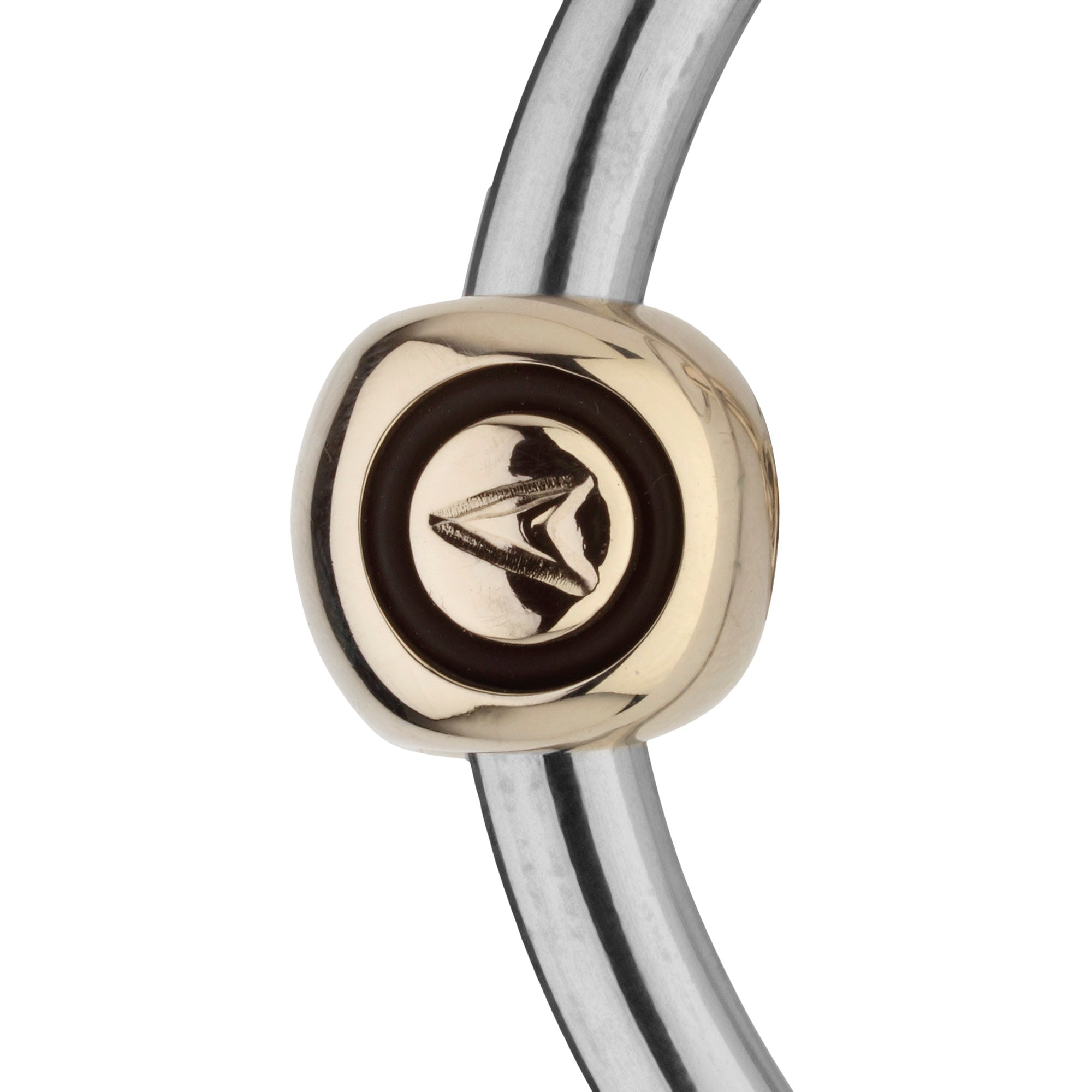
SPRENGER bit arrow
Are you wondering what the arrow on your SPRENGER bit stands for? Quite simply, with most of our bits it is important how they are buckled in, as the joints have a 45° forward rotation to ensure even pressure distribution on the tongue and avoid palatal pressure. This is why the arrow must always point forwards on the left hand, only then will the bit lie correctly in the horse's mouth.
Alle SPRENGER Gebisse entdecken
PART OF YOUR PASSION.
